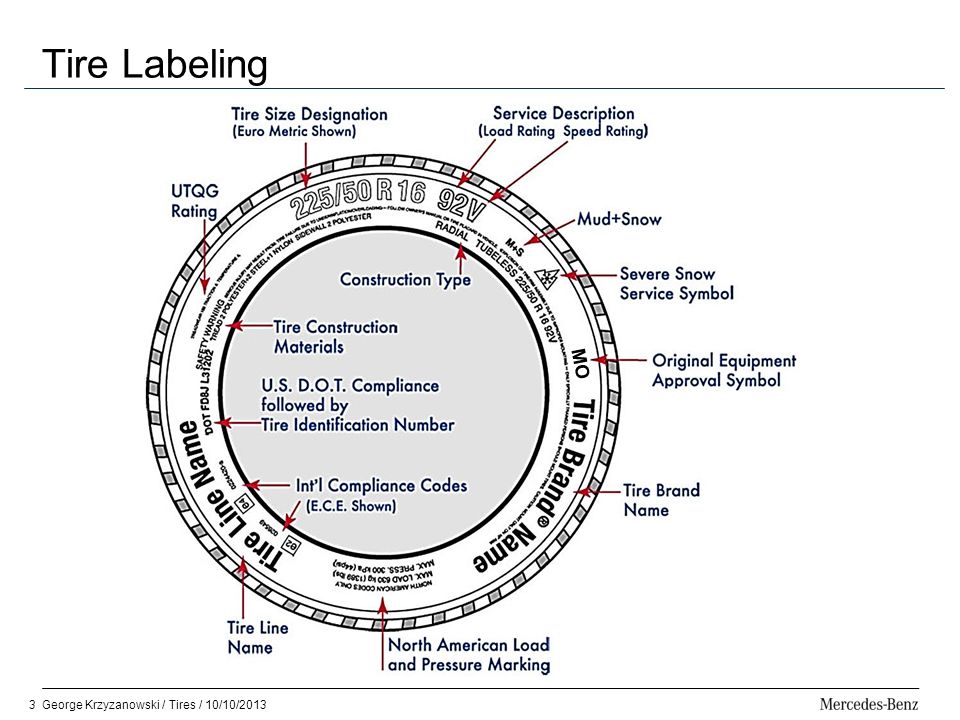Affiliate disclosure: Automoblog and its partners may be compensated when you purchase the products below.
Tires do more than keep your car moving forward – they also play a key role in your vehicle’s safety, fuel efficiency, and driving feel. But with so many different tire manufacturers and types of tires on the market, it can be confusing to find the best tires for your vehicle.
Our review team has looked at the affordability, industry reputation, tire reliability, and tread-life warranties of each major tire manufacturer, and in this article, we’ll discuss the top 10 best tire brands available today. We’ll also go over tire types, industry grading standards, tire maintenance, and how to choose the right tires based on your needs.
To start comparing the best tires on the market from a variety of brands, check out prices on Tire Rack and Discount Tire.
Our review team thoroughly researched the tire market and found these 10 popular manufacturers to offer the best tires based on overall quality, industry reputation, affordability, and variety. We’ve given our top five brands a superlative to help better match your needs, but any of the top picks below are a reputable choice.
| Best Tire Brand | Overall Score | Superlative | Year in Business | Industry Reputation | Affordability |
|---|---|---|---|---|---|
| 1. Michelin | 4.5 | Best Tires Overall | 1889 | 5.0 | 3.0 |
| 2. Goodyear | 4.5 | Best for Durability | 1898 | 5.0 | 3.5 |
| 3. Cooper | 4.0 | Most Affordable | 1914 | 4.0 | 4.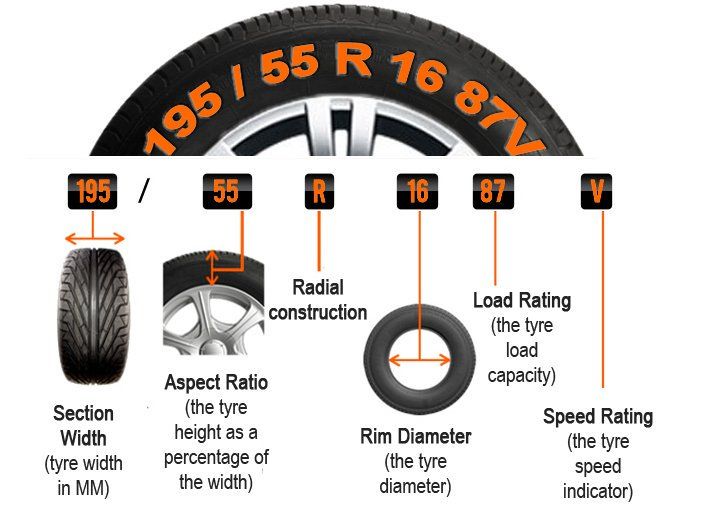 5 5 |
| 4. Bridgestone | 4.0 | Best for Run-Flat Tires | 1931 | 4.5 | 3.5 |
| 5. Pirelli | 4.0 | Best for High-Performance | 1872 | 4.5 | 3.0 |
| 6. BFGoodrich | 4.0 | 1870 | 4.0 | 4.0 | |
| 7. Continental | 4.0 | 1871 | 4.5 | 3.5 | |
| 8. Yokohama | 4.0 | 1917 | 4.0 | 4.0 | |
| 9. General | 4.0 | 1915 | 4.0 | 4.5 | |
| 10. Hankook | 3.5 | 1941 | 3.0 | 4.0 |
One of the most popular tire brands in the U.S. and throughout the world, Michelin sells quality tires in virtually every category. From run-flat tires to summer tires to all-season tires, Michelin tops recommendation lists from consumers and industry experts alike.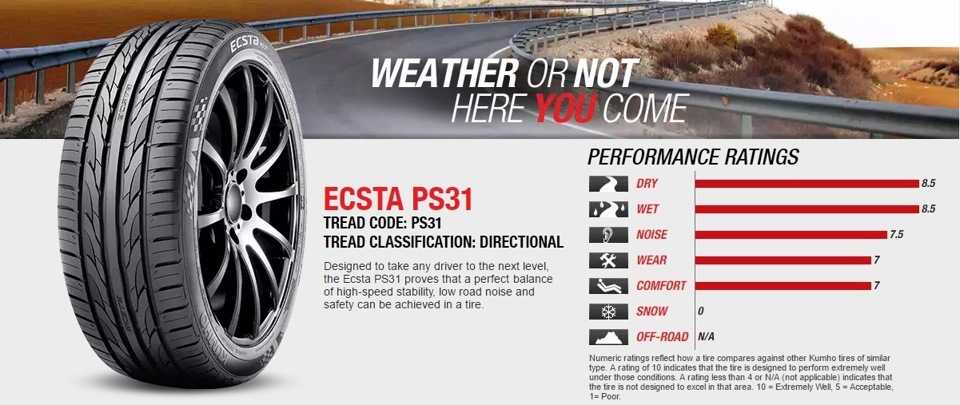
The company offers original equipment tires and replacement tires, both of which can include a limited warranty for up to six years if there are any manufacturer defects. Michelin also offers long-lasting mileage warranties with many of its models, like the Michelin Defenders’ 80,000-mile coverage. Compared to other tire brands, this warranty length is above average. Michelin tires are a strong option if you’re driving a passenger car, SUV, light truck, or sports car.
Shop deals for Michelin tires on Tire Rack and Discount Tire.
Goodyear, another top-selling tire brand, has made a name for itself among drivers looking for durability. Founded in 1898 in Akron, Ohio, Goodyear tires are made to last for all types of vehicles, including off-road trucks and motorsports vehicles. However, as Goodyear tires are some of the best tires in the business, they come at a higher price.
The company puts its tires through rigorous in-house and independent testing before releasing any models to consumers.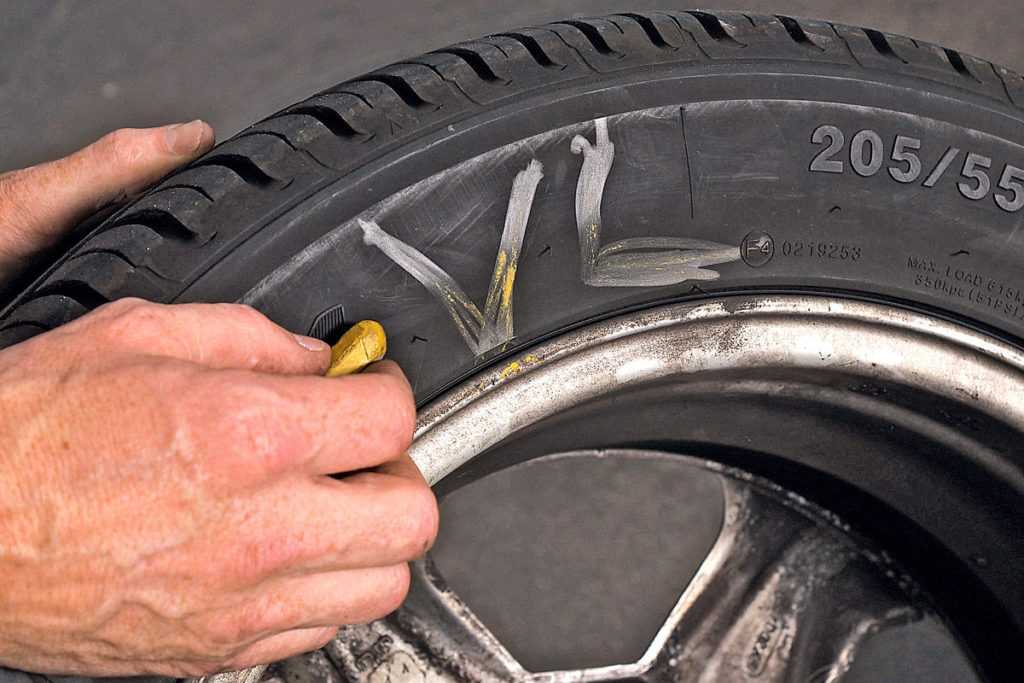 One study conducted by Test World, a Finnish company specializing in winter tire testing, found Goodyear tires outperformed other brands in almost every category and condition – including braking, acceleration, handling, ice, snow, rain, and dry roads. Goodyear replacement tires are also covered under a limited warranty for up to six years or a certain mileage, depending on the model purchased.
One study conducted by Test World, a Finnish company specializing in winter tire testing, found Goodyear tires outperformed other brands in almost every category and condition – including braking, acceleration, handling, ice, snow, rain, and dry roads. Goodyear replacement tires are also covered under a limited warranty for up to six years or a certain mileage, depending on the model purchased.
Shop deals for Goodyear tires on Tire Rack and Discount Tire.
Considered the new kid on the block (despite being founded in 1914), Cooper tires are considerably cheaper than most tire brands, without compromising quality. Some of its models, like the Cooper CS5 Grand Touring tire (shop on Tire Rack or Discount Tire), can cost between $85 to $153, depending on the vehicle and tire size.
Unlike big brands such as Michelin and Goodyear, Cooper is an independent tire manufacturer. Finding Cooper tires can be difficult, as they’re mostly sold online or through participating dealerships.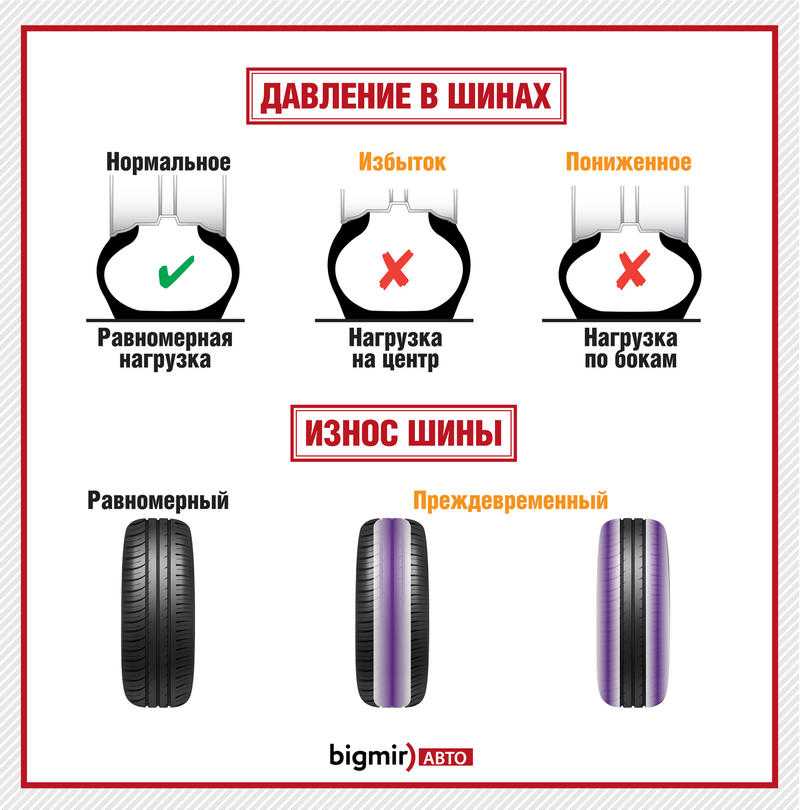 Cooper offers a treadwear warranty up to 80,000 miles, depending on the model purchased.
Cooper offers a treadwear warranty up to 80,000 miles, depending on the model purchased.
Shop deals for Cooper Tires on Tire Rack and Discount Tire.
Bridgestone manufactures two brands of tires: Bridgestone and Firestone. The companies merged in 1988 and now offer a variety of passenger car, truck, and SUV tires. Bridgestone has been an innovative player in the industry and has made strides toward more environmentally friendly products.
Bridgestone also offers cutting-edge run-flat tires for drivers looking for added peace of mind on the road. Like the name may suggest, run-flat tires “can support the weight of a vehicle for a short time, providing the driver with about 100 miles of range to find a repair shop,” according to Edmunds.com. If you’re not keen on keeping a spare around or simply want to purchase products from a reputable tire manufacturer, Bridgestone is a tried-and-true option.
Shop deals for Bridgestone Tires on Tire Rack and Discount Tire.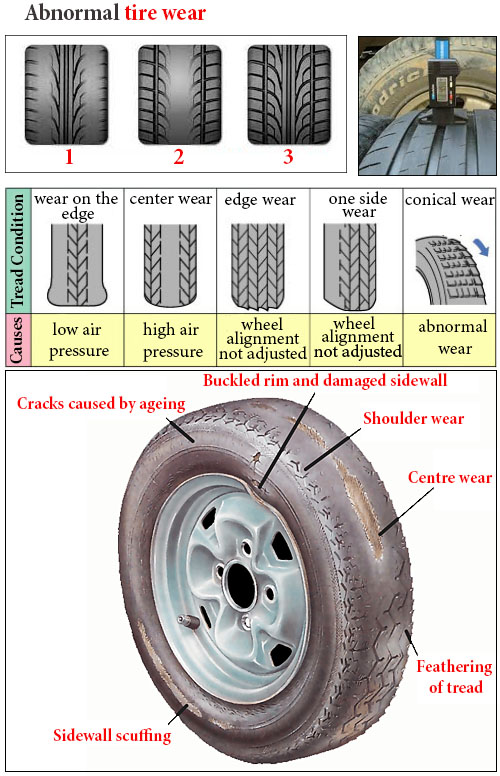
Pirelli, an Italian manufacturer, is best known for supplying high-performance tires to luxury and exotic car manufacturers like Maserati, Lamborghini, Audi, BMW, and Porsche. With high-speed cars, performance tires are a must. Pirelli tires have specific tread patterns and construction that make for excellent grip on the road in both dry and wet conditions.
While it may have a sporty reputation, Pirelli also makes tires for day-to-day passenger cars, trucks, and SUVs. However, the brand’s high-quality products come with high price tags. While you may be able to purchase an elite tire built for cornering and speed from Pirelli, it’ll cost you.
Shop deals for Pirelli tires on Tire Rack and Discount Tire.
Regardless of the tire brand you’re considering, you’ll need to know what set of tires to purchase. Tire types can vary based on temperature resistance, vehicle type, terrain, and driving patterns.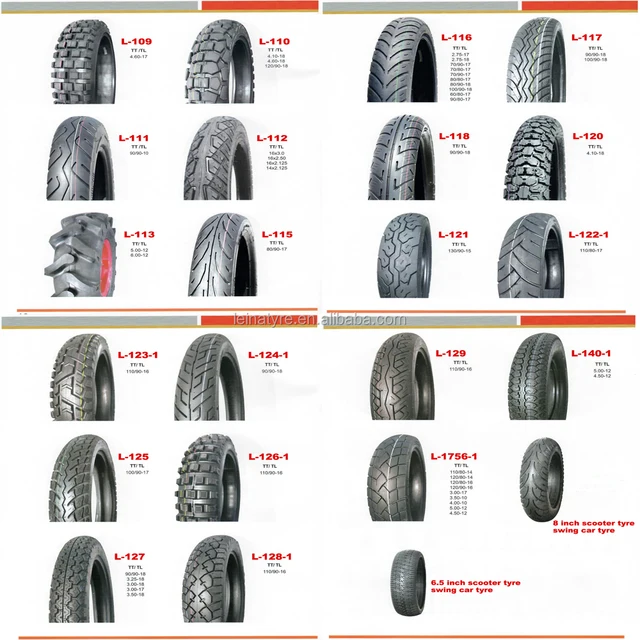 The best tires will be specialized to your car and your driving.
The best tires will be specialized to your car and your driving.
Below, we’ve outlined the most common types of tires.
Passenger tires are for vehicles that are designed for personal use – like hatchbacks, sedans, coupes, and crossovers. We’ve listed different types of passenger tires based on their specialization below.
All-season tires tend to be the most popular option for everyday drivers. We recommend checking out the Michelin Defender model or the Goodyear Assurance Fuel Max.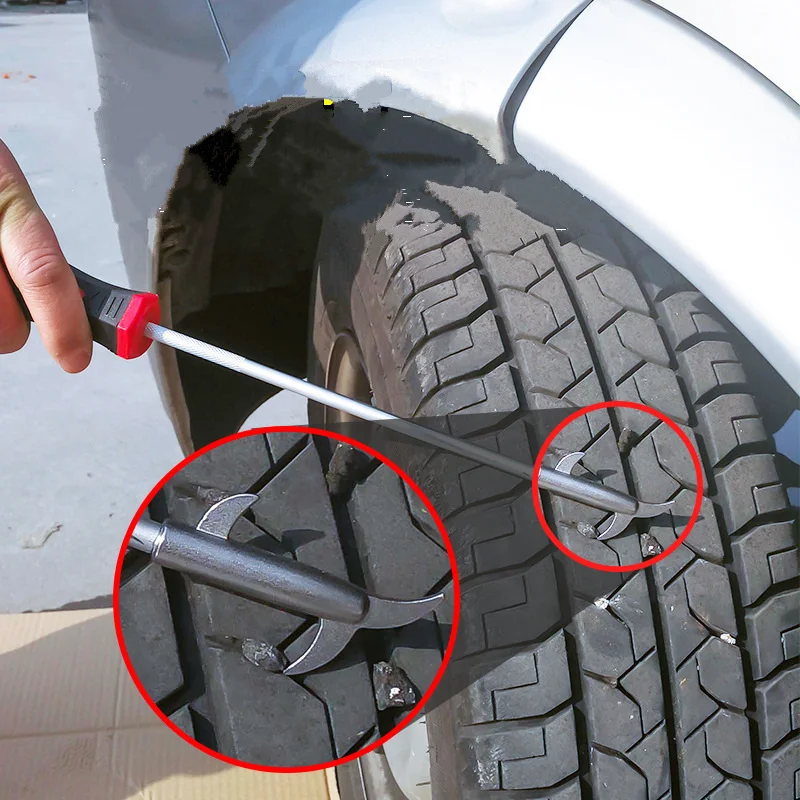 The Michelin model, in particular, boasts a 90,000-mile tread-life warranty.
The Michelin model, in particular, boasts a 90,000-mile tread-life warranty.
Shop Michelin Defender tires from Tire Rack or Discount Tire.
Shop Goodyear Assurance tires from Tire Rack or Discount Tire.
Truck and SUV tires are made for heavy load-bearing vehicles. These types of tires support not only the weight of the vehicle but also the cargo it’s carrying. Some compact SUVs need passenger tires, but larger SUVs and vans should stick to heavy-duty options. Below, we’ve listed a few different types of these tires.
For off-roading enthusiasts, the best all-terrain tires include the BFGoodrich All-Terrain or the Hankook Dynapro. These all-terrain tires have exceptional durability and stability features built into their tread design. However, the Hankook model is designed for lighter loads, so it may not be the best tire for heavy commercial trucks.
These all-terrain tires have exceptional durability and stability features built into their tread design. However, the Hankook model is designed for lighter loads, so it may not be the best tire for heavy commercial trucks.
Shop BFGoodrich All-Terrain tires from Tire Rack or Discount Tire.
Shop Hankook Dynapro tires from Tire Rack or Discount Tire.
Specialty tires are made for specific road conditions like inclement winter weather or mechanical scenarios like a flat tire. There are other specialty tires beyond the two types listed below, but winter and spare tires are the most used by everyday drivers.
While winter or snow tires aren’t necessary for some parts of the U.S., drivers in northern states are no strangers to these specialty tires. For cold-weather tires, we recommend the Bridgestone Blizzak WS90. The tire manufacturer recently improved this iconic model in 2019, so its performance is better than ever.
For cold-weather tires, we recommend the Bridgestone Blizzak WS90. The tire manufacturer recently improved this iconic model in 2019, so its performance is better than ever.
Shop Bridgestone Blizzak WS90 tires from Tire Rack or Discount Tire.
Original equipment (OE) tires usually come with your vehicle at the time of purchase. They’re specifically designed by the car manufacturer and tire brand to suit your vehicle make and model. Replacement tires – sometimes called new tires – are more generic model tires that aren’t suited to one specific vehicle.
When purchasing tires or looking at tire-buying websites, you’ll see a distinction made between these two tire types. Which are the best tires for your car? It depends. Here are a few pros and cons of each tire type:
| Original Equipment Tires | Replacement Tires |
|---|---|
| Usually needed for highly specialized vehicles, like sports cars | May change how your vehicle previously drove based on what tires you purchase |
| May work best for your vehicle based on their manufacturer-backed assembly and structure | Can be a more technologically advanced and fuel-efficient option |
| Tend to cost more and may need to be replaced more frequently | Tend to cost less and last longer |
Most tire models come with two types of tire warranties: a limited warranty and a mileage warranty.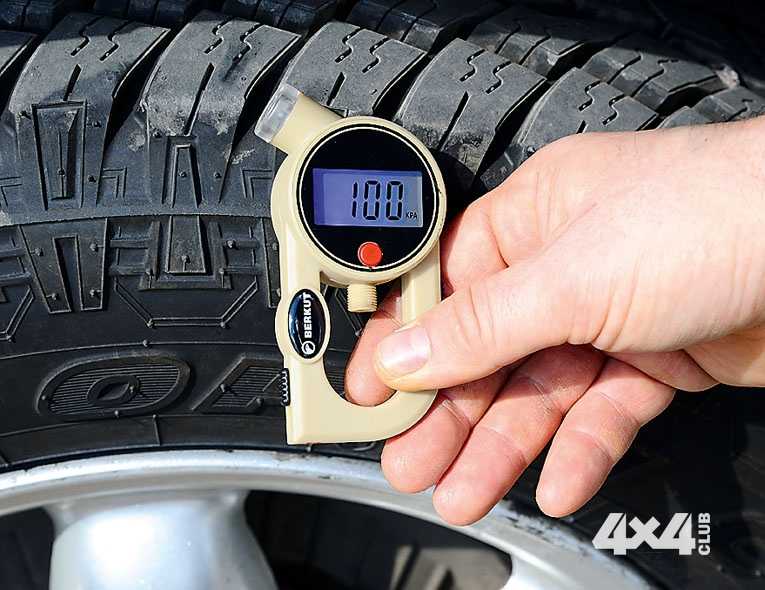 A limited warranty protects you against any defective workmanship, and most manufacturers offer this coverage for the life of the tire. The tire’s life is measured by how long it takes for the tread to wear down to 2/32 of an inch, which happens roughly every six years.
A limited warranty protects you against any defective workmanship, and most manufacturers offer this coverage for the life of the tire. The tire’s life is measured by how long it takes for the tread to wear down to 2/32 of an inch, which happens roughly every six years.
A mileage warranty – also called a tread-life warranty – is an estimate of how long the tire’s tread will last. Mileage warranties can vary greatly not only between manufacturers but also between tire types. For example, all-season tires have longer mileage warranties than performance tires because of what they’re meant to do: drive commuter routes versus drive around racetracks.
Most tires must follow certain guidelines established by the National Highway Traffic Safety Administration (NHTSA), a sector of the U.S. Department of Transportation. This grading system is called Uniform Tire Quality Grading (UTQG), and it rates tires – except winter tires – based on their treadwear, traction, and temperature resistance.
NHTSA provides the grading criteria, and tire manufacturers and independent companies are responsible for actually conducting the studies. This often means scoring can vary greatly from one manufacturer to the next. With that in mind, take UTQG scores with a grain of salt.
Here’s how each grading category works and the scoring criteria used to measure performance:
 Because of tires’ makeup and how quickly they move, they need to withstand high temperatures. Performance tires tend to have the best tire temperature ratings because of their constant high speeds.
Because of tires’ makeup and how quickly they move, they need to withstand high temperatures. Performance tires tend to have the best tire temperature ratings because of their constant high speeds.All of the above ratings will be printed on your tire’s sidewall. Below, we explain how to read a tire properly and what information it reveals about your tires.
Alongside the treadwear, traction, and temperature grades, other labels printed on the tire’s sidewall can help you sort out the best tires for your vehicle. However, the list below is not exhaustive. There are a few other labels your tire can include.
Here’s an overview of the most common labels that can be found on passenger vehicle tires:
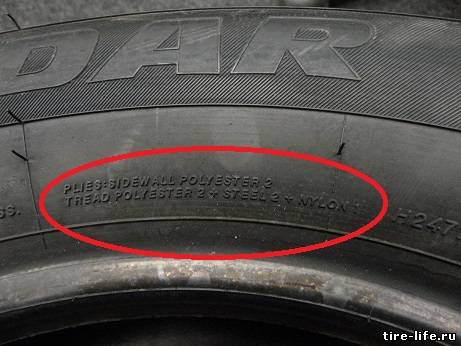
Now that you know how to find the best tires, you need to know how to maintain them. Tires are one of the key safety components of your vehicle. Proper maintenance can lead to a safer ride and better fuel economy.
Here are a few ways to maintain your tires:

Choosing the best tires largely depends on your vehicle and driving habits. The best tire for you may not be the best tire for someone else. The information above can help guide you in the right direction in terms of types of tires and best brands, but you should check your owner’s manual or your vehicle’s Tire and Loading Information label to make sure you’re getting the right size.
Once you figure out the correct tires you’ll need, compare between brands to see what best suits your budget. You can start shopping at Tire Rack and Discount Tire.
In our extensive research, we found that Michelin, Goodyear, Cooper, Bridgestone, and Pirelli have the best tires. There are vast differences between each tire brand, so we recommend researching which is best for your car before purchasing.
There are vast differences between each tire brand, so we recommend researching which is best for your car before purchasing.
The best tire brands are Michelin, Goodyear, Cooper, Bridgestone, Pirelli, BFGoodrich, Continental, Yokohama, General, and Hankook. Our team came up with this by looking at each company’s overall quality, industry reputation, affordability, and variety.
There is no one tire brand that lasts the longest. This is because the way you drive determines how long your tires last. Regular alignments and tire rotations can help your tires last longer.
The answer depends on your preference. Online retailers allow you to purchase tires easily. But at brick-and-mortar stores, you may be able to get a better deal and more complete service.
Our car experts choose every product we feature. We may earn money from the links on this page.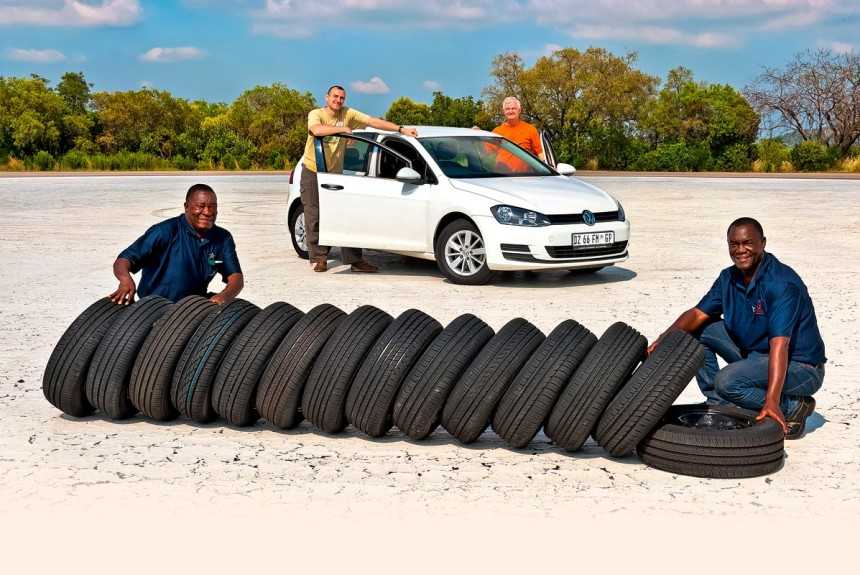
Getty Images
Buying new tires can be a daunting experience. You face a bewildering array of brands, sizes and tire types to choose from, so it's easy to be confused. But don't worry: this guide will provide you with the essential facts you need to in order to make the right tire choice for your vehicle at the price you want to pay.
Before you buy, you'll need to know the answers to the following questions:
Already know about tires and just want our top picks? Our favorites in each category are listed below. Further down, you'll find more information about all-season, summer, and winter tires plus our top alternative picks in each category.
Best All-Season Tire
$127 at tirerack.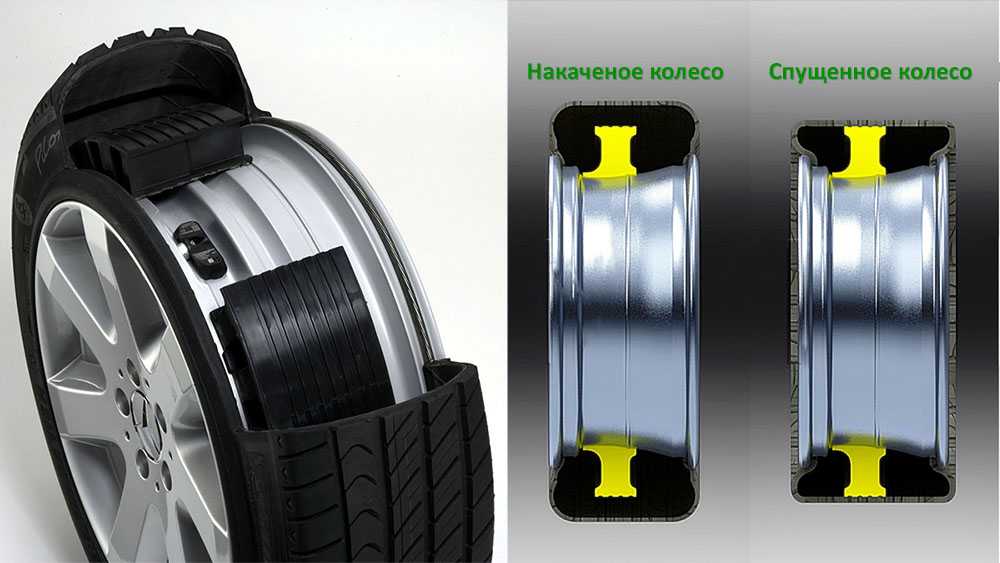 com
com
Best Summer Tire
$241 at Tire Rack
Best Winter Tire
$104 at discounttire.com
Is our top pick unavailable in the size you need? Looking for a fast, easy way to sort through the dozens of alternatives? Then go to Tire Rack's Tire Decision Guide. The company says it'll have a list of appropriate alternative choices for you in two minutes or less. The tirerack.com site is also deep with important consumer data, including tire warranties, treadwear guarantees, and tire-test results.
$150 at Tire Rack
$138 at tirerack.com
$235 at Tire Rack
The vast majority of vehicles today come with all-season tires, which are designed to provide acceptable all-around capability throughout the year and in all weather conditions. That means a reasonable ride and respectable handling, quiet running, good wet-weather grip, and some capability in snow. Given their all-season designation, most car owners leave them on in winter and expect that their tires will deliver all the traction they need on snowy, icy roads. But most all-season tires are marginal in snow; dedicated winter tires, also known as snow tires, provide far better traction when the snow falls.
That means a reasonable ride and respectable handling, quiet running, good wet-weather grip, and some capability in snow. Given their all-season designation, most car owners leave them on in winter and expect that their tires will deliver all the traction they need on snowy, icy roads. But most all-season tires are marginal in snow; dedicated winter tires, also known as snow tires, provide far better traction when the snow falls.
There are now two main sub-categories of all-season tires: high-performance all-seasons and grand touring all-seasons. High-performance all-season tires provide sharper handling than "standard" all-season tires. They grip the road more confidently and feel more sporty to drive—usually at the expense of some winter-weather traction. These tires are intended for sportier cars and more-aggressive drivers. Grand touring all-season tires have the lower-profile look of high-performance all-season tires but ride better at the price of some handling ability.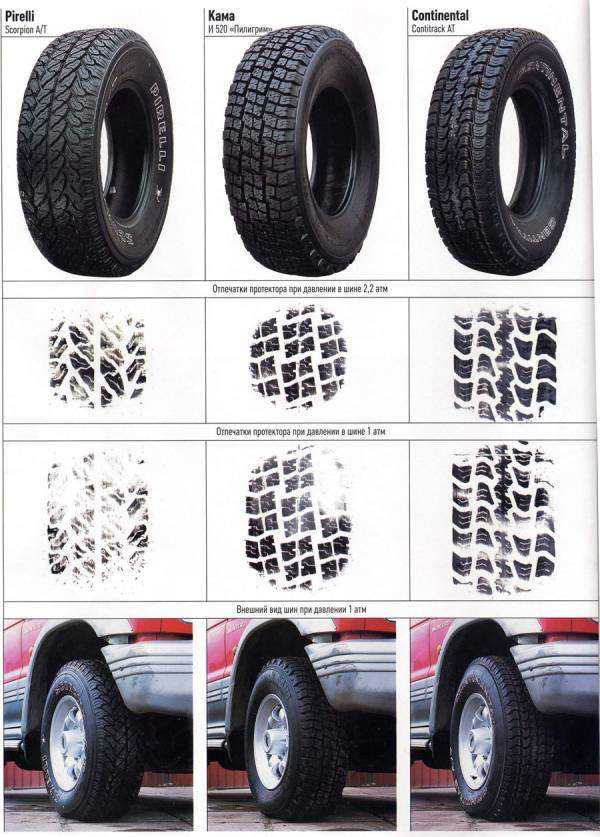
Recently, a subset of grand touring all-season tires has emerged that we call “all-weather” tires. These tires feature snow traction that almost comparable to that of pure winter tires while offering similar performance in other areas as conventional all-season tires. They are designated by a snowflake-within-a-mountain symbol on the tire's sidewall.
Summer Tires$160 at Tire Rack
$195 at Tire Rack
$211 at Tire Rack
This term is a misnomer, as this type of tire should rightly be called "three-season" rubber. Summer tires are designed specifically to deliver dry- and wet-weather traction in moderate or warm weather. They sharpen steering response, increase cornering traction by an order of magnitude, and stop your vehicle in much less distance. But they do so at a cost: most summer tires only work well at temperatures of about 40 degrees Fahrenheit and above. As outside temps fall toward freezing, the tires can feel skittish and behave inconsistently; they lose a large portion of their grip to the point that they act like they are on a wet or even icy road. More than one driver of a powerful car, unaware of the temperature sensitivity of its summer tires, has lost control and crashed on a cold day.
But they do so at a cost: most summer tires only work well at temperatures of about 40 degrees Fahrenheit and above. As outside temps fall toward freezing, the tires can feel skittish and behave inconsistently; they lose a large portion of their grip to the point that they act like they are on a wet or even icy road. More than one driver of a powerful car, unaware of the temperature sensitivity of its summer tires, has lost control and crashed on a cold day.
As with all-season tires, summer rubber comes in several varieties. Tire Rack divides these tires into three main groups by escalating capability: ultra-high performance on the bottom rung, followed max performance and extreme performance. Summer tires come on cars such as Porsches, Corvettes, Mercedes-AMGs, and Mustangs.
Winter Tires$166 at Tire Rack
$180 at Tire Rack
$270 at Tire Rack
Called "snow tires" in the past, winter tires are designed to provide maximum traction in snow and in slippery winter conditions—and the traction they provide in those situations is not matched by any other category of tire.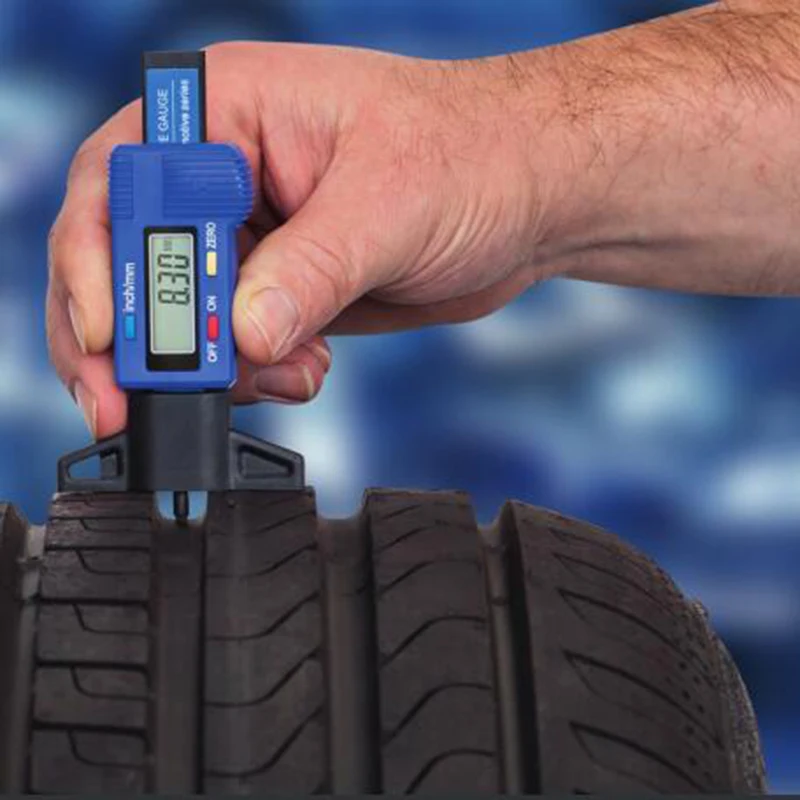 Even an all-wheel-drive vehicle on all-season tires cannot match the stopping or turning capability of a similar two-wheel drive vehicle fitted with four winter tires, a point we have proven in our own winter-tire testing.
Even an all-wheel-drive vehicle on all-season tires cannot match the stopping or turning capability of a similar two-wheel drive vehicle fitted with four winter tires, a point we have proven in our own winter-tire testing.
Winter tires are designed to work well in the cold-weather months, but they don't handle or wear as well as all-season or summer tires once the weather warms up. They should be considered as a second set of tires for your vehicle if you live where snow flies annually. We fit all of our long-term test vehicles with winter tires and they've proven their worth many times over.
Why use winter tires? If you live in the northern states, we recommend purchasing a set of winter tires. Their deep treads are engineered to deliver a significant traction improvement, and do they ever work. You'll feel safer and be safer, not to mention more relaxed when driving in snow. Retailers such as Tire Rack will sell you a set of snows mounted on steel wheels that you can swap on when winter rolls around.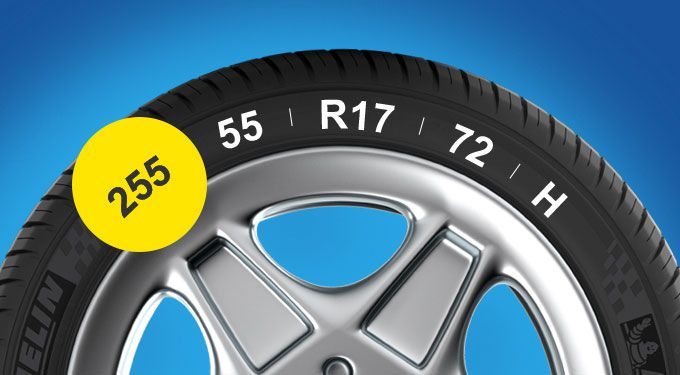 Here at Car and Driver, we swear by them.
Here at Car and Driver, we swear by them.
Tire Size and Other Factors
Most consumers choose to replace the worn tires on their vehicle with something equivalent in size and capability. This makes a lot of sense; your car was engineered to work well on the type and size of tires it came on, so fitting an identical or similar replacement set would maintain the performance and safety your vehicle was designed to deliver. (We'll get to upgrading later on).
To inform your decision process, you'll need to know your vehicle's tire size and speed rating, and you'll also want to consider how many miles you'll get out of any new tires you are considering (this is called tread wear). Much of that information is printed on the sidewalls of the tires that are on your car right now.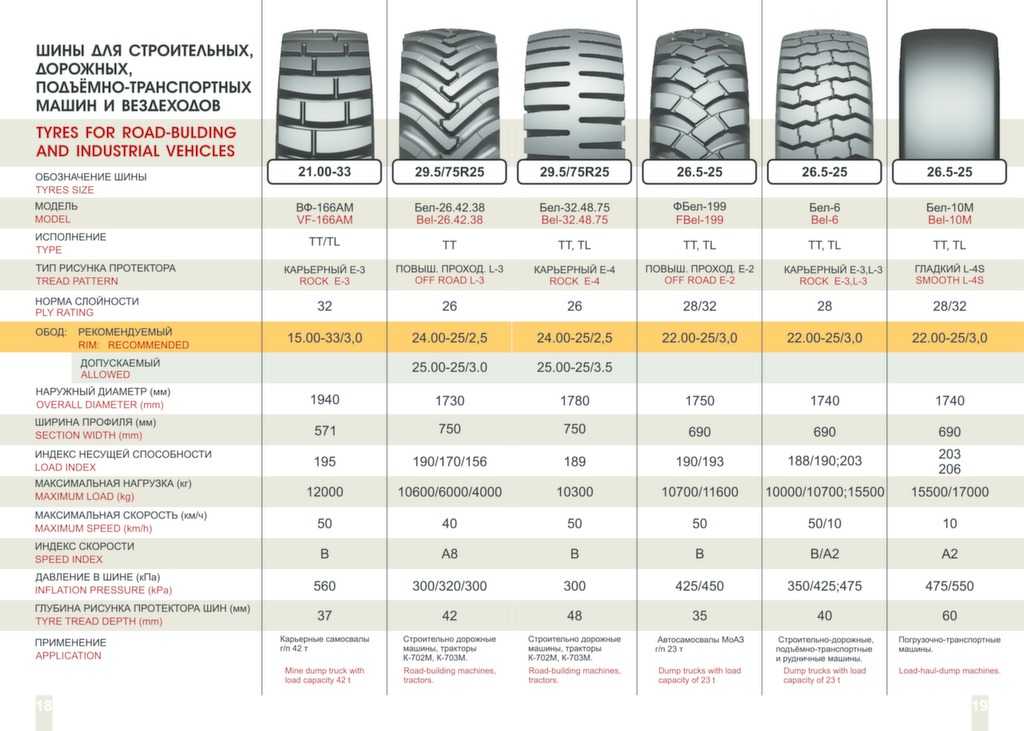 It's also available in most owner's manuals, online, and at tire dealers. (We suggest cross-checking those sources to make sure you've got the right information.)
It's also available in most owner's manuals, online, and at tire dealers. (We suggest cross-checking those sources to make sure you've got the right information.)
Here's how to read the most important data imprinted on your tires' sidewalls. (For an in-depth look at how to read all of the information on a tire sidewall, click here.)
KEY: 1) Tire width; 2) Aspect ratio; 3) Radial-tire designation; 4) diameter; 5) Load rating with speed rating; 6) Heaviest spot on tire; 7) Tread-wear rating; 8-9) Traction and temperature ratings; 10-11) Mud-and-snow or three-peak-mountain rating; 12) Vehicle-specific marking; 13) Tire-materials list and manufacturing information
Tire SizeIf you're going to replace your tires with something equivalent, you will need to know the proper size. The size of car and light truck tires is usually expressed in a short series of numbers and letters that read like this (as seen in the above illustration): 245/40-R18.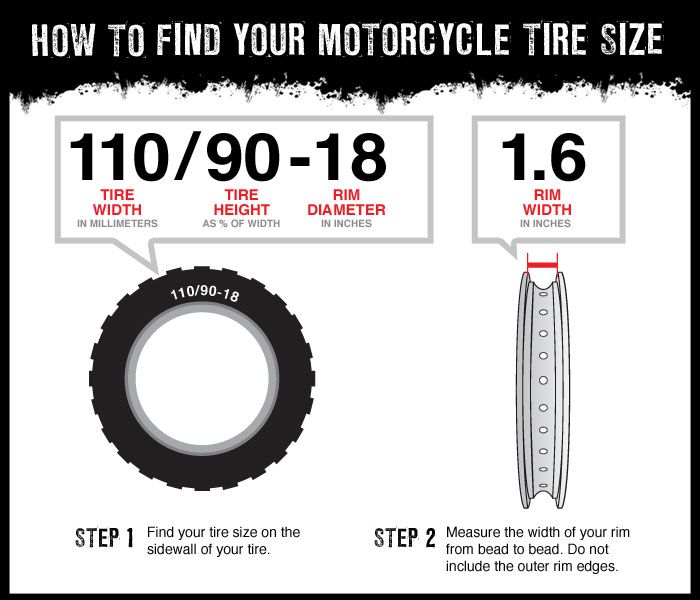 The first number indicates the width of the tire at its widest point in millimeters. The number after the slash is what's called the aspect ratio, which indicates how tall the sidewall is as a percentage of the width. The higher the number, the taller the sidewall. The squat tires fitted to sports cars and muscle cars, called low-profile tires, have aspect ratios of 30–40. Family sedans and SUVs are in the 45-60 range or taller. The final number in the series is the diameter of the wheel in inches that the tire must mount to. The "R" indicates it's a radial tire, which virtually all of today's tires are.
The first number indicates the width of the tire at its widest point in millimeters. The number after the slash is what's called the aspect ratio, which indicates how tall the sidewall is as a percentage of the width. The higher the number, the taller the sidewall. The squat tires fitted to sports cars and muscle cars, called low-profile tires, have aspect ratios of 30–40. Family sedans and SUVs are in the 45-60 range or taller. The final number in the series is the diameter of the wheel in inches that the tire must mount to. The "R" indicates it's a radial tire, which virtually all of today's tires are.
Tires also carry a speed rating, which indicates not only how fast they can safely go for an extended period of time, but also the overall performance potential of the tires. Tires for high-performance cars have a higher speed rating than those for mainstream family sedans and SUVs. The speed rating of the original tires that came on your car were matched to the maximum speed the car could attain—plus a significant built-in safety margin.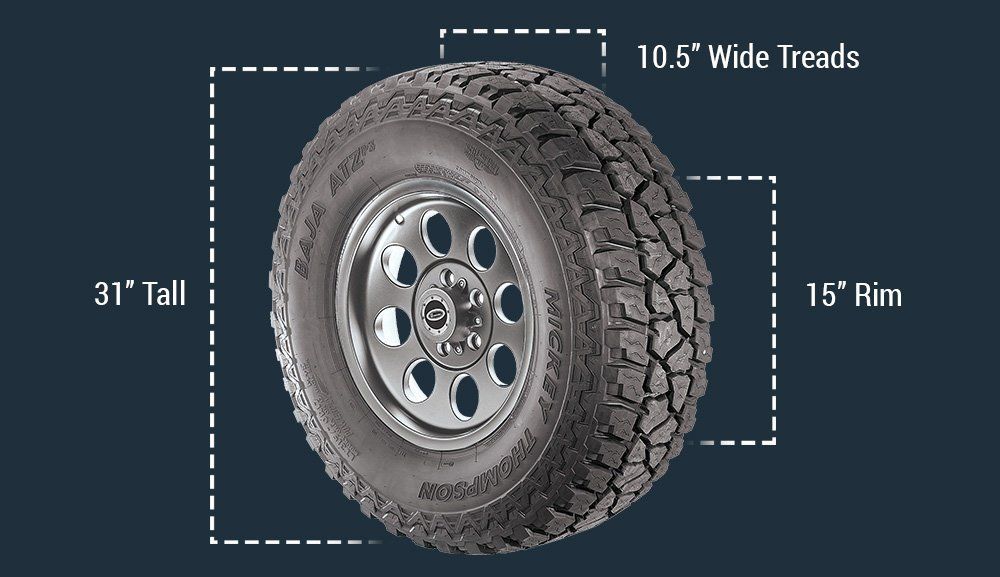 This speed rating is expressed as a letter in the alpha-numeric code that immediately follows the tire size. Letters range from L to Y, and cover maximum speed ranges from 75 mph to more than 186 mph.
This speed rating is expressed as a letter in the alpha-numeric code that immediately follows the tire size. Letters range from L to Y, and cover maximum speed ranges from 75 mph to more than 186 mph.
The are two pieces of data that will help you estimate how many miles you can expect from a set of tires: the tread-wear rating and the tire mileage warranty. The tread wear rating is listed as a number on the tire sidewall after the word "treadwear". The higher this number, the more likely the tire will last longer. But the tests that are used to determine treadwear aren't precise, so there is a lot of variability in this number.
A better way to gauge potential tire life, and to compare the expected longevity of different tires you might be considering, is to look at the manufacturers' tread-life warranties. Many but not all tires carry a tread-life warranty in addition to manufacturing-quality/defect warranties.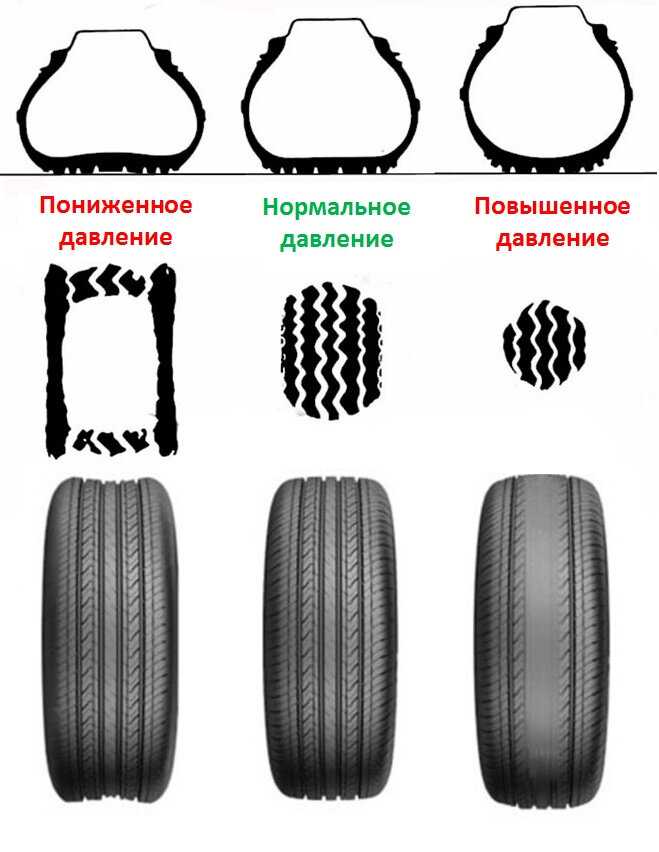 This information can be found online (like this example from tirerack.com), or in the tire maker's marketing materials. The industry's general rule is that about three-quarters of all drivers will find that their tires last at least last as long as the mileage listed in the tread life warranty. Generally, if your tires wear out before the guaranteed mileage bogey, you can get a credit for the percentage of miles you came up short, which you can then apply to the purchase of a new tire. (Tire dealers routinely handle this transaction.)
This information can be found online (like this example from tirerack.com), or in the tire maker's marketing materials. The industry's general rule is that about three-quarters of all drivers will find that their tires last at least last as long as the mileage listed in the tread life warranty. Generally, if your tires wear out before the guaranteed mileage bogey, you can get a credit for the percentage of miles you came up short, which you can then apply to the purchase of a new tire. (Tire dealers routinely handle this transaction.)
Numerous automakers fit their cars with run-flat tires from the factory. These tires are capable of driving for short distances at low speeds even after a puncture has left them without air, allowing you to reach home or a repair facility without needing to change a flat on the side of the road. If your vehicle came on run-flats you have the option of replacing them with conventional tires and carrying a spare (but beware that some cars fitted with run-flats actually do not have a trunk compartment for a spare).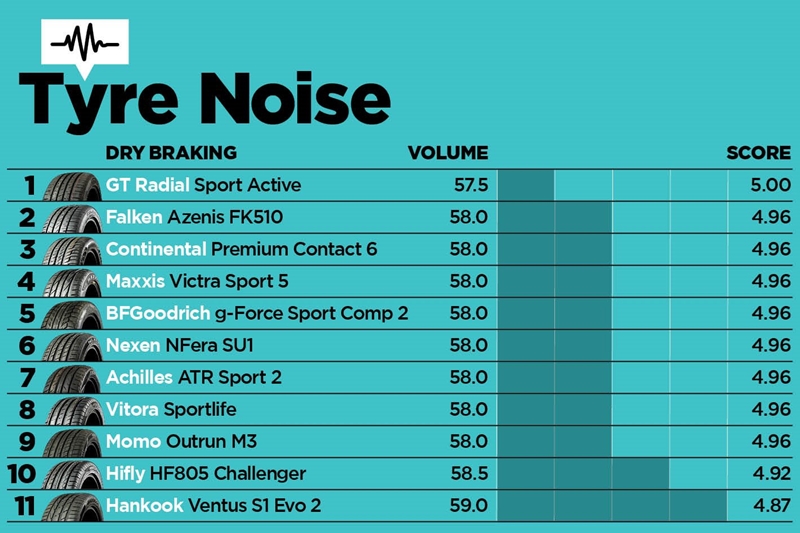 Or, you can replace your worn run-flats with another set of run-flats. And now that tire-pressure monitoring systems are compulsory equipment in new cars, you could even fit run-flats on a car that didn’t originally come with them.
Or, you can replace your worn run-flats with another set of run-flats. And now that tire-pressure monitoring systems are compulsory equipment in new cars, you could even fit run-flats on a car that didn’t originally come with them.
Run-flat tires do have downsides. Their stiff sidewalls, which are required to hold the tire up when deflated, tend to make the car ride noticeably harder over rough pavement, but tire tech is continually improving and run-flats aren’t nearly the penalty they were a decade ago. Choice is also more limited than with conventional tires and run-flats are premium-priced. In general, we'd recommend swapping to conventional tires and carrying a spare or mini-spare if possible.
There's one more decision you need to make: do you simply replace the tires on your vehicle with something equivalent, or upgrade?
If you're going to replace what came on the car with something equivalent, you're ready to go.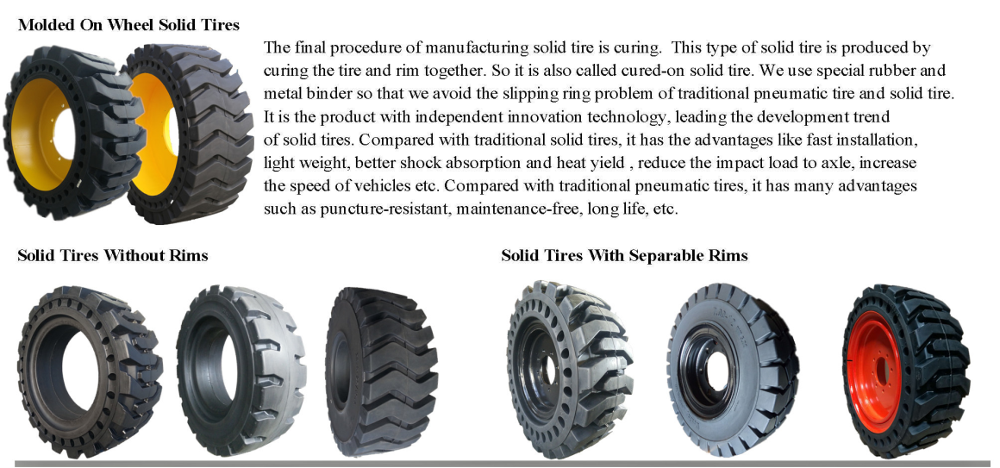 Peruse the online resources like Tire Rack to compare tires, and then either buy from one of them or head to a local tire store. The advantage of buying online is that you can get the exact tires you want; different brick-and-mortar tire stores sell different brands of tires. The online retailers have relationships with the chain tire stores, which will mount the tires you bought on the internet on your wheels (for a small fee) even though you didn't buy them there. Tire Rack has a decision guide to help you find the tires that fit your car.
Peruse the online resources like Tire Rack to compare tires, and then either buy from one of them or head to a local tire store. The advantage of buying online is that you can get the exact tires you want; different brick-and-mortar tire stores sell different brands of tires. The online retailers have relationships with the chain tire stores, which will mount the tires you bought on the internet on your wheels (for a small fee) even though you didn't buy them there. Tire Rack has a decision guide to help you find the tires that fit your car.
This is more complicated than simply replacing your tires, as you have several ways to go. You can choose a higher-performance tire of the same size on your current set of wheels by substituting, say, a high-performance all-season tire for a standard all-season—if you can find one that fits exactly. Or you can choose a set of wider, lower-profile summer or high-performance all-season tires, but this is trickier. You need to know if the tires will fit without rubbing on the suspension or body parts—a definite safety issue. Here, consulting one of the experts at Tire Rack is a must, as they have this information for many cars. You can also try checking an online forum for your make and model of car (if one exists).
You need to know if the tires will fit without rubbing on the suspension or body parts—a definite safety issue. Here, consulting one of the experts at Tire Rack is a must, as they have this information for many cars. You can also try checking an online forum for your make and model of car (if one exists).
Many vehicles can be had from the factory with several different tire sizes—Honda Civics, for example, come with tires ranging from 215/55-R16 to 245/30ZR-20—so going to a larger-diameter wheel might work. But know that fitting lower-profile rubber will almost always require a larger-diameter wheel. The outside diameter of your tires needs to remain constant; everything from your vehicle's suspension to its ground clearance to its gearing is affected by the overall size of the tires. As the sidewall gets slimmer, the wheel must grow to compensate. Use this size guide to see how switching to a lower-profile tire affects wheel diameter.
Wider, lower-profile higher-performance tires can also make the car ride rougher, wear faster, be noisier, and influence the steering, possibly causing you to have to make more steering corrections on the Interstate.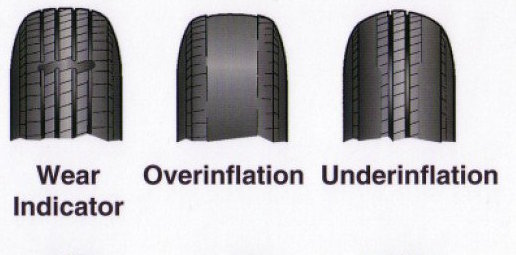 Low-profile tires will also probably be more prone to damage from potholes, something we experienced with one of our long-term cars, which blew out a dozen of its low-profile tires in the course of 40,000 miles on our rutted Michigan roads. And they'll almost definitely be more expensive, plus you'll have to buy a new set of wheels. You'll need to consider all of these issues carefully before you make the leap.
Low-profile tires will also probably be more prone to damage from potholes, something we experienced with one of our long-term cars, which blew out a dozen of its low-profile tires in the course of 40,000 miles on our rutted Michigan roads. And they'll almost definitely be more expensive, plus you'll have to buy a new set of wheels. You'll need to consider all of these issues carefully before you make the leap.
For everything you need to know about buying and maintaining tires, click here.
This content is imported from OpenWeb. You may be able to find the same content in another format, or you may be able to find more information, at their web site.
offer of winter tires available on the market. For many ordinary car owners, the choice of the "right" winter tires is simply confusing. The range is really wide, it is for this reason that it is better not to postpone this issue until the deadline.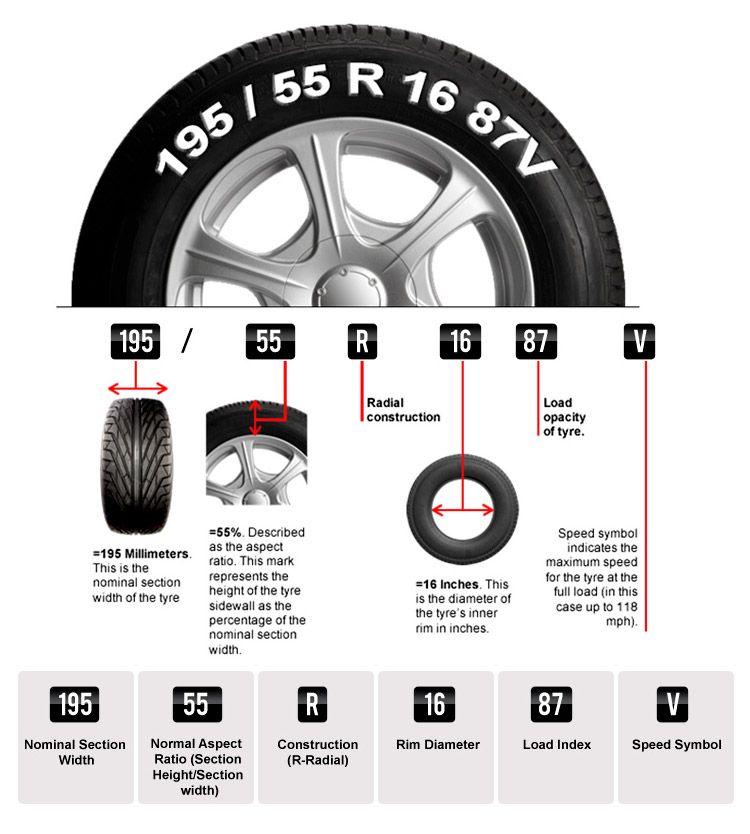
Impatient drivers looking for a definitive answer to the annoying question of which winter tires are best for sub-zero temperatures may be a little disappointed, as there is simply no definitive answer. However, we will try to make this task easier and highlight the most important points to consider when looking for the "perfect" passenger tire for the winter season, and the choice was more unambiguous and as concise as possible. Do not be surprised by the subjective decisions of the company's specialists, which winter tires cost buy now at Autoshini Com .
Important! The ratings were given on a five-point scale, based on the popularity of the model, feedback on its operation, test results and the manufacturer's pricing policy. Snowy and wet driving, slip resistance and comfort were evaluated. The final grade was calculated adjusted for the specific weight of each category, that is, the method of calculating the weighted average, not the arithmetic average.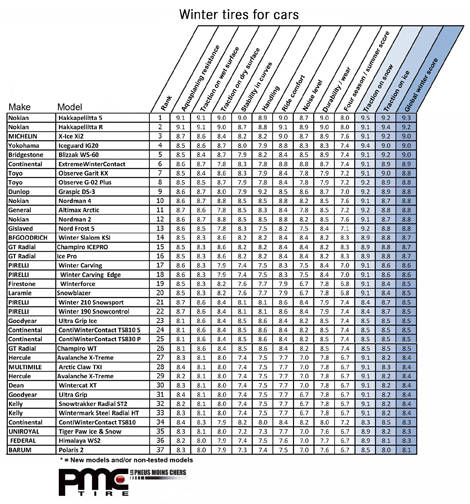
Content (countries in which they are predominantly manufactured are indicated in brackets):
You can find the necessary winter tires using a special selection of tires:
Nothing can upset the driver more than the unexpected arrival of winter weather before replacing the wheels with winter ones.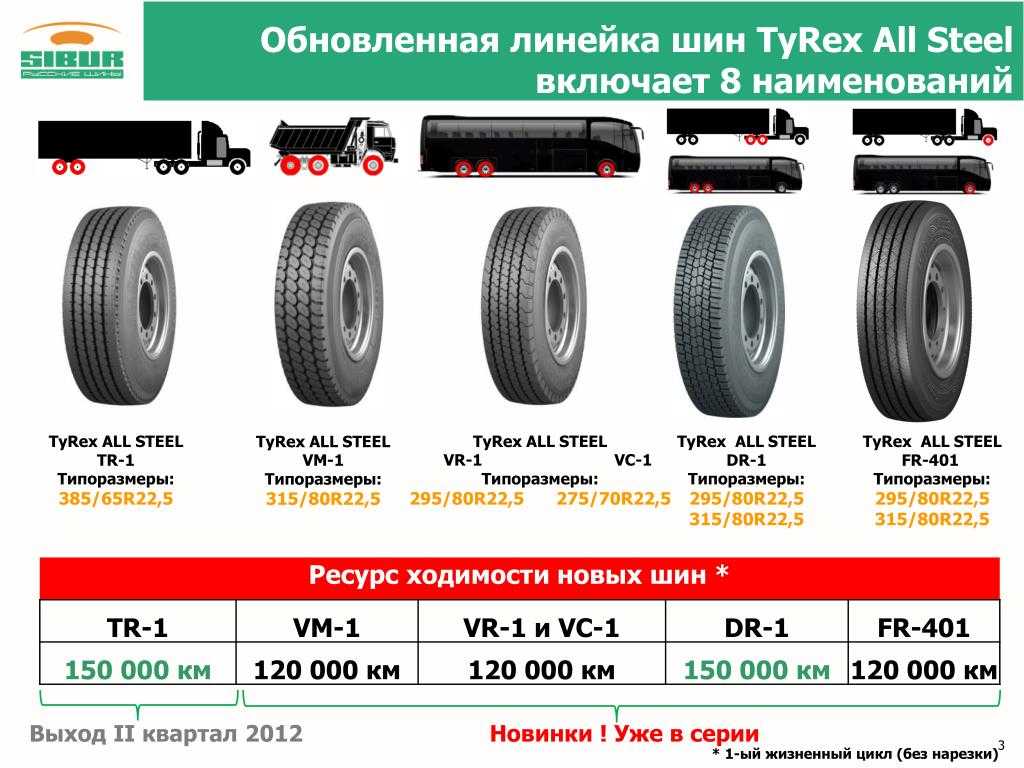 Despite everything, many people approach this issue responsibly and, for safety reasons, adapt their car to the prevailing weather conditions. According to the tire industry and automotive organizations, it is best to start using the winter kit when the temperature drops below 7 degrees Celsius. But which ones to choose?
Despite everything, many people approach this issue responsibly and, for safety reasons, adapt their car to the prevailing weather conditions. According to the tire industry and automotive organizations, it is best to start using the winter kit when the temperature drops below 7 degrees Celsius. But which ones to choose?
The Roadmarch WinterXPro 888 is an outstanding performance tire that provides improved handling and superior stability at high speeds. Designed with an innovative tread pattern, the Roadmarsh Winter X Pro 888 features a high quality wear compound that provides reliable and consistent traction in dry and wet conditions for safer driving.
Reinforced tread block stiffness emphasizes handling, while a significantly larger footprint helps provide outstanding traction for improved handling, smooth acceleration and excellent cornering performance. These budget tires offer unsurpassed hydroplaning resistance thanks to integrated circumferential and lateral grooves that actively remove water from under the patches. Two steel belts reinforce the internal structure of the Roadmarsh Winter X Pro 888 rubber, maintaining its optimal shape under load. In addition, tires provide a relatively quiet ride, since the optimal shape of the product is maintained to reduce road vibrations felt in the cabin. At the same time, the variable pitch sequence on the tread generates an audio frequency that cancels out road noise.
Two steel belts reinforce the internal structure of the Roadmarsh Winter X Pro 888 rubber, maintaining its optimal shape under load. In addition, tires provide a relatively quiet ride, since the optimal shape of the product is maintained to reduce road vibrations felt in the cabin. At the same time, the variable pitch sequence on the tread generates an audio frequency that cancels out road noise.
| 4 | 5 | 3 | 3 | 4 |
See prices for all sizes of the Roadmarch Winter X Pro 888, as well as read reviews from real buyers of the tire by clicking on the links:
| Read reviews | Dimensions and prices | Selection of tires |
|---|
Winter Matador MP 93 Nordicca is part of the budget line of tires Continental.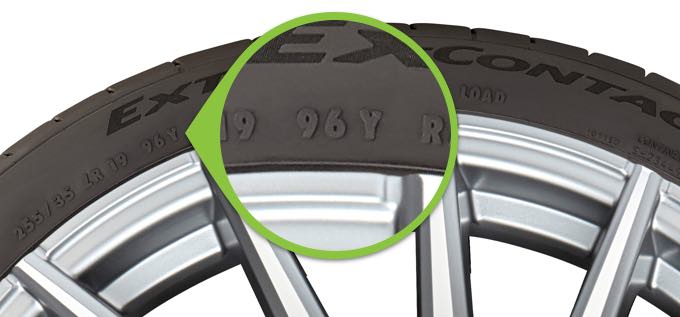 Efficiency on the roads of various kinds, provided by this tire, plays a big role. The Matador manufacturer meets the needs of economy class car owners who will not drive in extreme conditions and do not expect exceptionally good driving performance at high speeds. Despite this, every effort has been made to ensure that tires Matador MP 93 Nordica met all the requirements for safe driving.
Efficiency on the roads of various kinds, provided by this tire, plays a big role. The Matador manufacturer meets the needs of economy class car owners who will not drive in extreme conditions and do not expect exceptionally good driving performance at high speeds. Despite this, every effort has been made to ensure that tires Matador MP 93 Nordica met all the requirements for safe driving.
Tires offer a completely new winter experience. The new Matador flagship winter tire has a completely new tread pattern and provides excellent performance in winter conditions. The rubber will get you where you want to go with ease, silently, safely and efficiently, so you just have to enjoy the journey. The grip and handling of the car in winter road conditions remains at the highest level, as well as reliable protection on wet and slushy roads. Uniform tread wear and low rolling resistance give the rubber even more advantages.
| 4 | 4 | 3 | 4 | 3.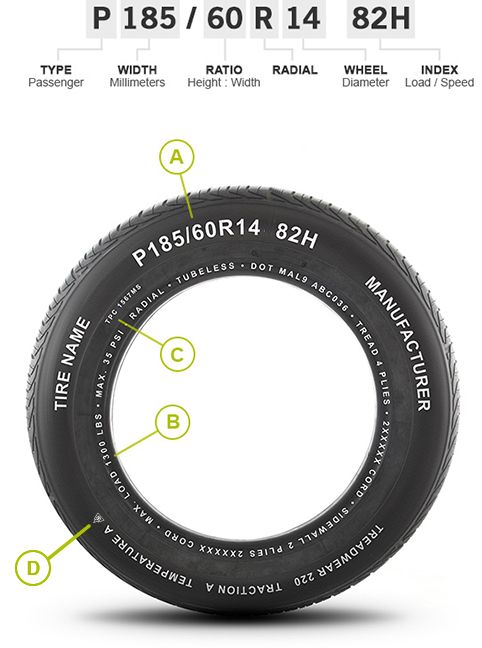 85 85 |
See prices for all sizes, as well as read reviews from real buyers of the Matador MP 93 Nordicca tire by clicking on the links:
| Read reviews | Dimensions and prices | Selection of tires |
|---|
The new Winter i*cept RS3 has been developed as an improved version of the previous Winter i*cept RS2, which was rated "highly recommended" in the winter tire test Auto Zeitung 2020. In the same year, the Winter i*cept RS2 also received top marks from Auto Express and ADAC for excellent handling characteristics, strong traction and very good performance in both dry and wet conditions.
"Offering tire products that keep drivers safe on the road is our top priority. That's why we constantly invest in research and development to always bring the latest technology to the market," said Sanghoon Lee, President of Hankook Tire Europe. "That's why we're confident that the new winter i*cept RS3 will also live up to the high expectations of our customers."
That's why we constantly invest in research and development to always bring the latest technology to the market," said Sanghoon Lee, President of Hankook Tire Europe. "That's why we're confident that the new winter i*cept RS3 will also live up to the high expectations of our customers."
To be able to offer top quality winter tires, Hankook Tire uses its Technotrac test center in Ivalo, Finland. On site, the company has the ideal conditions to test its research and development efforts extensively in a variety of winter conditions - an ideal basis for developing and manufacturing tires that perform well on ice and snow.
| 5 | 5 | 5 | 4 | 4.85 |
See prices for all sizes, as well as read reviews from real buyers of the Hankook Winter I*Cept RS3 W462 tire by clicking on the links:
| Read reviews | Dimensions and prices | Selection of tires |
|---|
Test Winner The Bridgestone Blizzak Revo GZ is a tire that outperforms many in its price range for wet performance.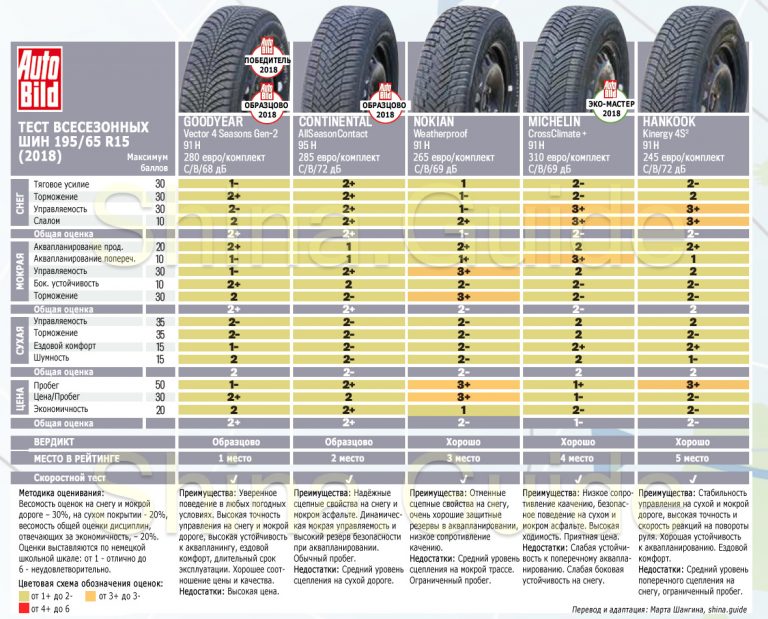 As the only model compared, it received the highest score in this category. This tire also performed well on dry and snowy surfaces.
As the only model compared, it received the highest score in this category. This tire also performed well on dry and snowy surfaces.
The Bridgestone Blizzac Revo Jay Z 's excellent wet performance in size 205/55 R16 is due to its perfectly designed asymmetric tread pattern, featuring deeper zigzag grooves that are extremely effective in removing excess water or snow from under the tire's surface. Additional support for maintaining excellent traction and shorter braking distances is the combination of 2D and 3D sipes and an innovative high silica compound. The only nuance is fuel inefficiency - it differs from the values obtained by other models from the top group, all Velcro "sick" with this minus.
| 5 | 5 | 5 | 4 | 4.85 |
See prices for all Bridgestone Blizzak Revo GZ sizes, as well as read reviews from real buyers of the tire by clicking on the links:
| Read reviews | Dimensions and prices | Selection of tires |
|---|
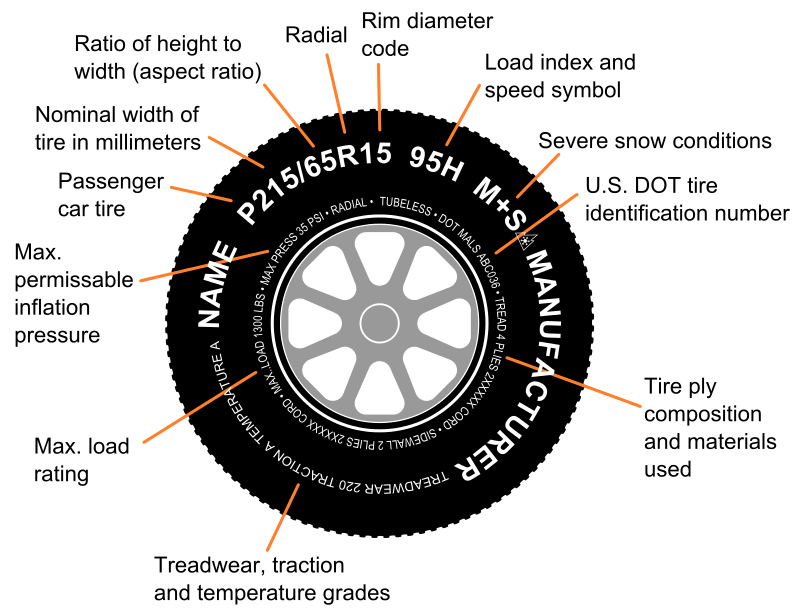
High marks for behavior on wet, snowy surfaces deserve special attention. Achieving such results would not have been possible if it were not for the technologies used, which positively affect performance in areas that are key to safety. Worth mentioning here, for example, is the Traction Booster Compound, which provides the same level of grip regardless of the prevailing temperature. However, thanks to the revolutionary Evergrip technology with expanding grooves, the tire retains its properties even with a partially worn tread.
| 5 | 4 | 5 | 5 | 4.85 |
See prices for all sizes, as well as read reviews from real buyers of tires Michelin X-Ice Snow by clicking on the links:
| Read reviews | Dimensions and prices | Selection of tires |
|---|
The model of the not quite premium segment closes the leaders - Hankook Winter i*Cept iZ2 2, which received a good final score.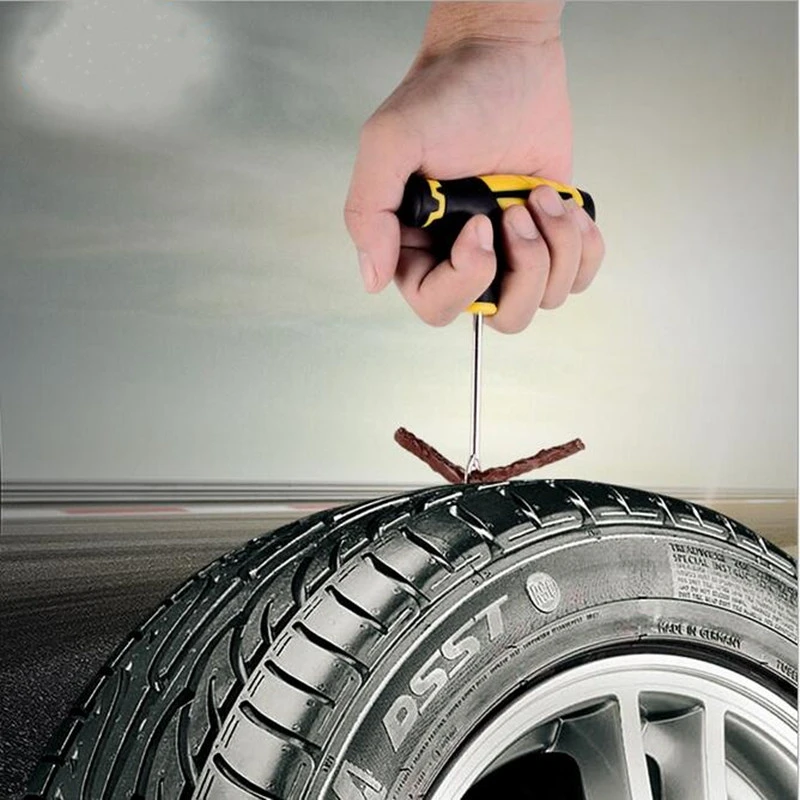 Although the models managed to achieve good results in their behavior on dry surfaces, Hankook performed much better on wet and snowy roads.
Although the models managed to achieve good results in their behavior on dry surfaces, Hankook performed much better on wet and snowy roads.
Hankook Winter i*Cept iZ2 W616 offers balanced performance in typical winter conditions. Superb traction that requires more performance is due to the tire's intelligent directional tread design. Here, among other things, it is worth mentioning the three-dimensional edges of the blocks, which clearly cling to the snow. On the other hand, the very good performance on wet roads is due to the well-interacting peripheral and transverse channels, which effectively counteract dangerous slips. This tire is in sizes 205/55 R16 and 195/65 R15, the also scored highly in the fuel economy category, confirming its economics.
| 4 | 4 | 4 | 5 | 4.15 |
See prices for all sizes, as well as read reviews from real buyers of the Hankook Winter i*Cept iZ2 W616 tire by clicking on the links:
| Read reviews | Dimensions and prices | Selection of tires |
|---|
Michelin Pilot Alpin 5 is the only model studied to receive a good score in each category, leading it to the podium with good final scores. The model is unmatched in performance on snow and dry roads, which is reflected in the results. Also of note is the high abrasion rate, which means that the rubber compound is very wear resistant and has an extended service life. The Michelin winter tire received weaker marks for lateral aquaplaning, and this is an aspect that the French engineers need to work on.
The model is unmatched in performance on snow and dry roads, which is reflected in the results. Also of note is the high abrasion rate, which means that the rubber compound is very wear resistant and has an extended service life. The Michelin winter tire received weaker marks for lateral aquaplaning, and this is an aspect that the French engineers need to work on.
Excellent results in all categories, tested even by ADAC experts, mainly due to the perfectly designed directional profile tread. Thanks to this, the Michelin Pilot Alpin 5 performs perfectly on any type of surface, guaranteeing the maximum level of driving safety. Symmetrically arranged deep grooves and a wide channel in the central part create an effective system for the removal of residual water, snow and slush, effectively preventing loss of traction. On the other hand, the innovative functional polymer compound provides optimum traction, which also has a positive effect on lower rolling resistance and therefore lower fuel consumption and greater abrasion resistance.
| 5 | 5 | 5 | 5 | 5 |
See prices for all sizes of Michelin Pilot Alpin 5, as well as read reviews from real buyers of the tire by clicking on the links:
| Read reviews | Dimensions and prices | Selection of tires |
|---|
The winter tire from the American concern owes such a high position, in particular, special marks for its sensational performance when driving on snow, ice or wet roads. If not for the weaker "dry" results, this model could easily compete for victory. Although the tire belongs to the premium class, it has a pretty good price. A big advantage is also the very good abrasion resistance and fuel consumption, which means that the model is economical to maintain.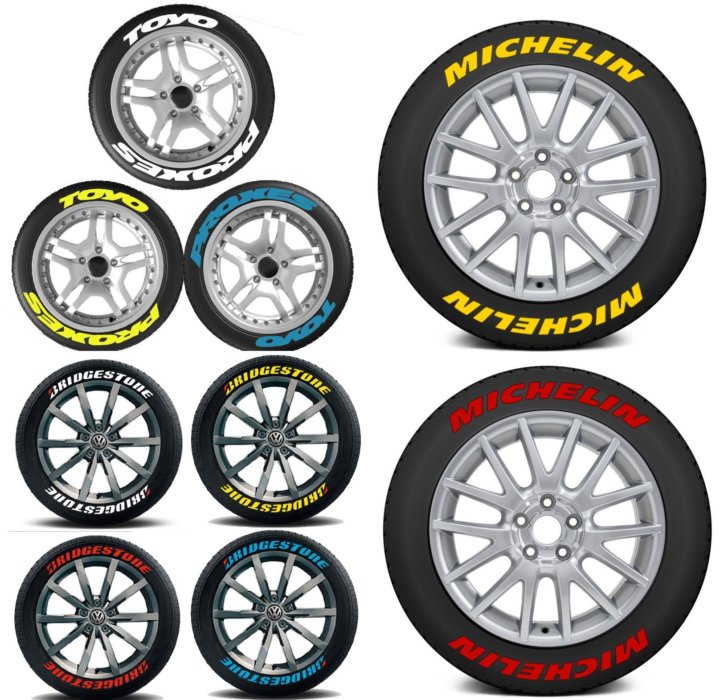
Goodyear Ultra Grip 9 Plus has been designed to provide maximum performance and maximum safety in the toughest winter conditions. To do this, the tire is equipped with a directional tread with a complex structure with a dense network of lamellas and deep grooves that support tire performance when driving on wet or snowy surfaces. Together, they also form an effective water and slush evacuation system to prevent loss of traction. Excellent traction is also ensured by a proprietary blend of new resins, thanks to which it has been possible to shorten the braking distance . However, thanks to the use of Winter Grip technology, the tire is quite flexible even at low temperatures.
| 5 | 3 | 5 | 5 | 4.4 |
See prices for all sizes, as well as read reviews from real buyers of Goodyear Ultra Grip 9+ tires, by clicking on the links:
| Read reviews | Dimensions and prices | Selection of tires |
|---|
Sixth place with a good final score went to tires Barum Polaris 5 - budget class model with surprisingly balanced parameters.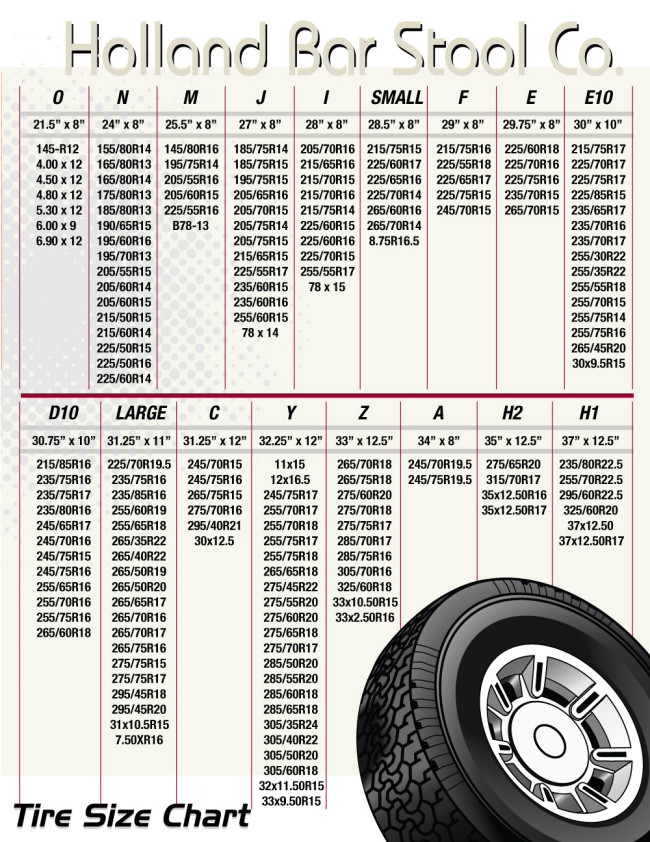 The winter tire from the Czech manufacturer won in the dry category, outperforming even premium models in the top positions.
The winter tire from the Czech manufacturer won in the dry category, outperforming even premium models in the top positions.
This model also showed very good performance on wet and icy surfaces, and this result is undoubtedly the result of a precisely designed tread with a directional profile. On the snow it did a little worse, but still kept within a good mark. Based on this, the wheels can be attributed to the "European winter" segment, i.e. will be an excellent option for southern regions with little snow. The same applies to the ratings of emitted noise and rubber abrasion susceptibility.
| 4 | 3 | 3 | 3 | 3.4 |
See prices for all sizes, as well as read reviews from real buyers of Barum Polaris 5 tires by clicking on the links:
| Read reviews | Dimensions and prices | Selection of tires |
|---|
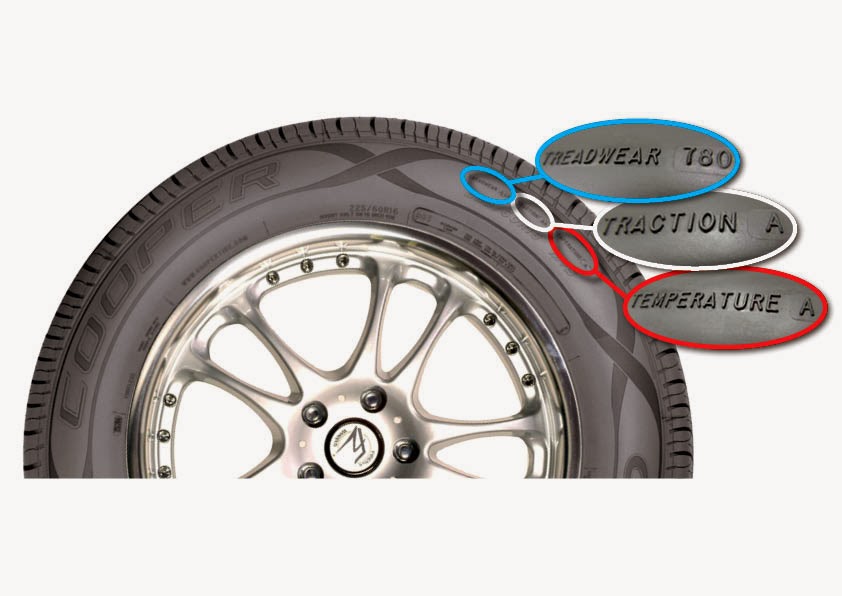 Nexen Wingard Ice Plus has been well-received for its performance on wet and icy surfaces, particularly due to its innovative formulation.
Nexen Wingard Ice Plus has been well-received for its performance on wet and icy surfaces, particularly due to its innovative formulation. The innovative formula allows it to maintain its optimum performance even when the temperature drops, and also guarantees greater resistance to abrasion, which is also confirmed by the test results. The tire showed slightly worse results on dry and snowy roads, which largely determined the final result.
| 5 | 3 | 3 | 3 | 3.8 |
See prices for all sizes, as well as read reviews from real owners of the Nexen-Roadstone Winguard Ice Plus tire, by clicking on the links:
| Read reviews | Dimensions and prices | Selection of tires |
|---|
The next position, boasts Serbian tires Tigar Winter , owned by the transnational concern Michelin, which showed itself especially well when driving on snow and dry surfaces.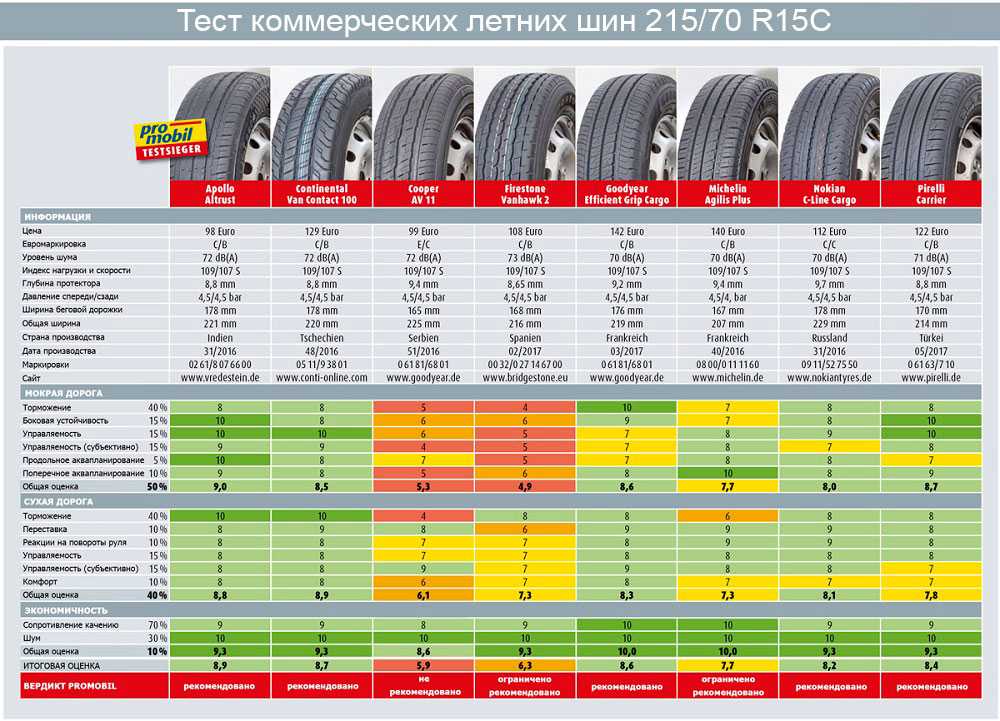 It also scored highly for fuel efficiency and is the softest winter tire ever compared.
It also scored highly for fuel efficiency and is the softest winter tire ever compared.
Somewhat surprisingly, this tire, which came straight from the assembly line of the French tire giant, performed rather poorly on ice, and on dry pavement it performed even worse. Autoshini Com users also note that the models are made on the basis of a different rubber compound than similar wheels in this price category.
| 5 | 2 | 4 | 4 | 3.8 |
See prices for all sizes, as well as read reviews from real buyers of tires Tigar (Strial, Taurus, Kormoran, Riken, Orium) Winter by clicking on the links:
| Read reviews | Dimensions and prices | Selection of tires |
|---|
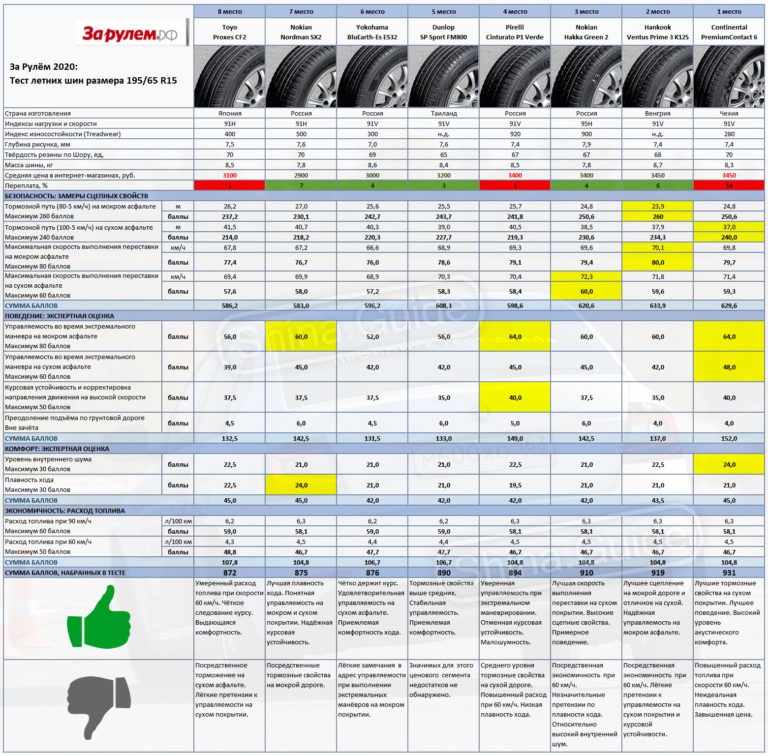 Unfortunately, the lower score was affected by weaker dry riding reviews.
Unfortunately, the lower score was affected by weaker dry riding reviews. The starting point for the improved version was the previous Krisalp HP2. Thanks to the introduction of several modifications, it was possible to achieve better performance on wet and icy surfaces. Shorter braking distances on ice are the result of a unique blend containing functional elastomers. The best performance on wet roads is achieved by an optimally prepared tread surface with numerous and precisely positioned sipes, which makes the tire extremely grippy. Safety in rainy weather is also ensured by deep grooves and directional grooves that effectively prevent loss of grip.
| 5 | 3 | 4 | 4 | 4.1 |
See prices for all sizes, as well as read reviews from real buyers of the BFGoodrich g-Force Winter 2 tire, by clicking on the links:
| Read reviews | Dimensions and prices | Selection of tires |
|---|
Winter tires are definitely different from summer tires in many ways.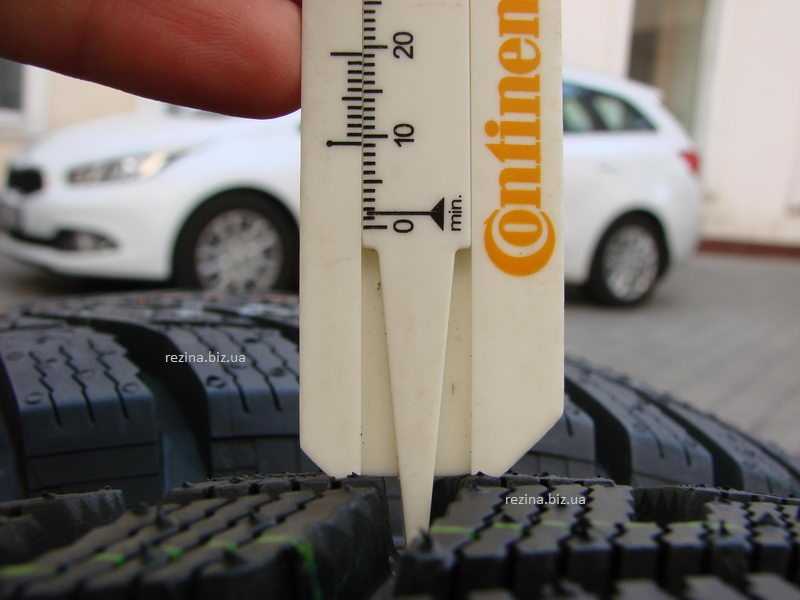 Their structure, external structure and composition are strictly adapted to the conditions characteristic of the winter season. Winter tires typically have a more aggressive tread pattern with deeper grooves and more cuts, making them ideal for snow, slush and icy conditions. In addition, the rubber compound in winter tires is formulated in such a way that it retains its optimum properties even at very low temperatures.
Their structure, external structure and composition are strictly adapted to the conditions characteristic of the winter season. Winter tires typically have a more aggressive tread pattern with deeper grooves and more cuts, making them ideal for snow, slush and icy conditions. In addition, the rubber compound in winter tires is formulated in such a way that it retains its optimum properties even at very low temperatures.
Winter models are dominated by rubber and silicon dioxide, providing enough flexibility to help maintain maximum road traction. Unlike summer tires, the compound they are made from begins to harden at lower temperatures, and the tread with a softer structure and smaller grooves does not withstand snowy and frosty conditions. The use of summer tires in winter is not only dangerous, but also leads to faster wear and reduced service life.
Winter tires should not only be durable, but also soft.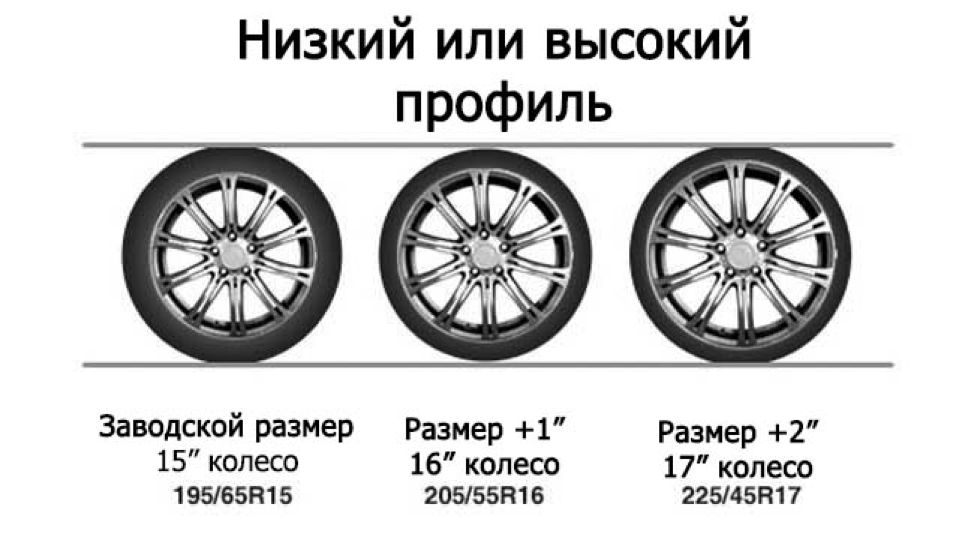 Even the most toothy models with several hundred spikes should not turn to stone in the cold, losing traction. Only the softest tires hide the studs when driving on asphalt, and do not harden in temperatures below -20 °C. This maintains a high level of grip on winter roads, which ensures the safety of the driver.
Even the most toothy models with several hundred spikes should not turn to stone in the cold, losing traction. Only the softest tires hide the studs when driving on asphalt, and do not harden in temperatures below -20 °C. This maintains a high level of grip on winter roads, which ensures the safety of the driver.
To find such models, you need to organize complex road tests or study our rating of toothy winter tires from the company. He will help you buy a studded tire for the Russian winter.
To buy the right tires, the car owner must clarify the following parameters:
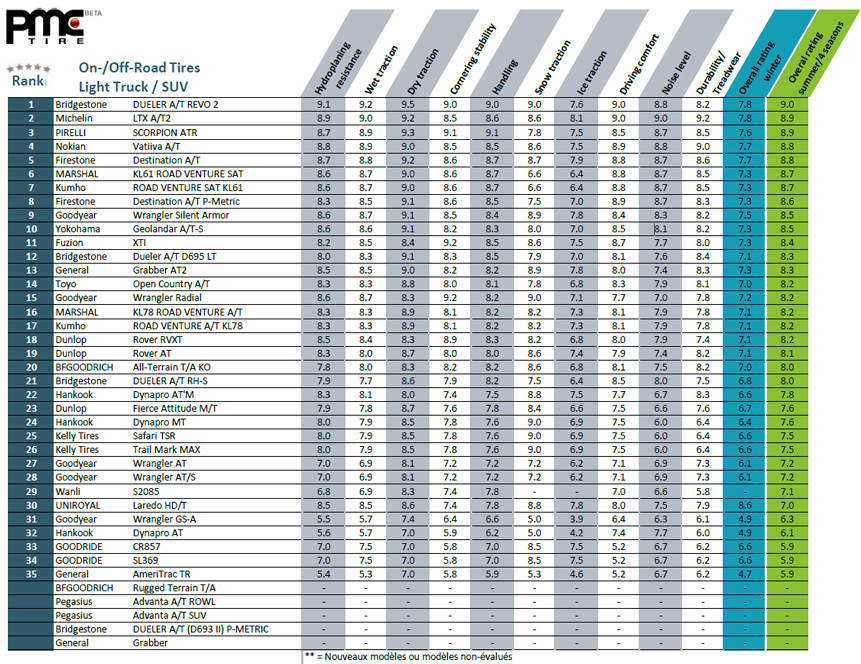
The date of issue may affect the choice of tire model. Manufacturers do not advise buying tires that are older than the warranty period. In addition, you should select several options, compare tires for mandatory winter characteristics. So you can find soft, toothy, silent tires.
Toothy winter tires can be expensive or cheap. After all, price is not the main indicator of quality. If you're looking for the quietest, most grippy, hard wearing tyre, look out for the following qualities:

Winter Drive protection
Tires Goodyear UltraGrip Arctic 2 SUV
Winter Drive protection
Rating:
4.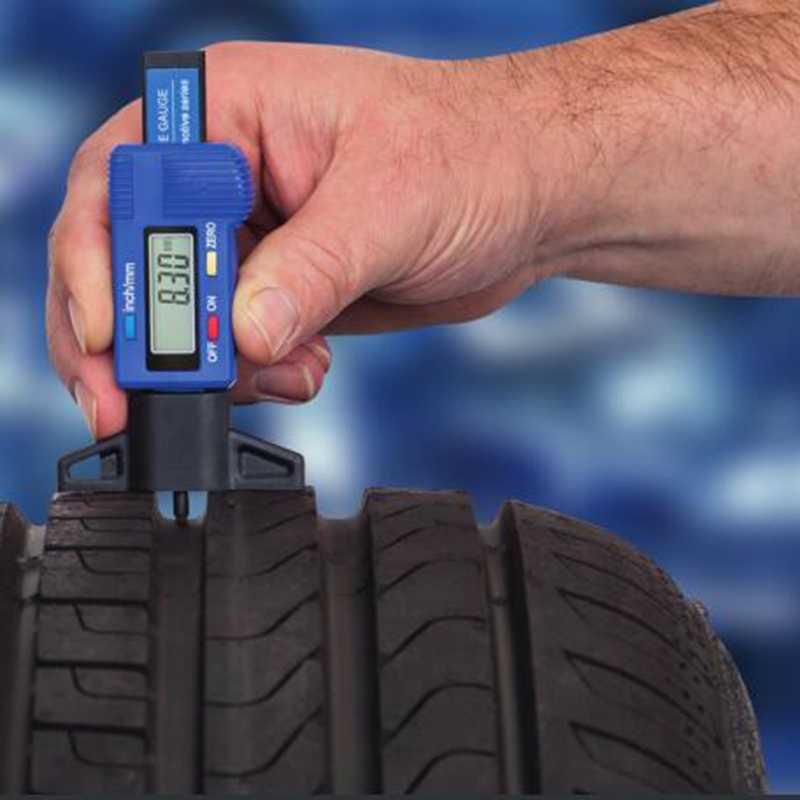 5
5
Tires Goodyear UltraGrip 600
Winter Drive Protection Sound Comfort
Rating:
4.5
Tires Goodyear UltraGrip Ice Arctic
Winter Drive protection
Tires Goodyear UltraGrip Arctic 2
Winter Drive Protection Sound Comfort
Rating:
4.5
Tires Goodyear UltraGrip Ice Arctic SUV
Winter
Rating:
4
Tires Goodyear Cargo UltraGrip 2
The best series of winter models remain soft even in the Siberian frost, bite into snow or ice with a studded tread, drain water through deep sipes and work almost silently.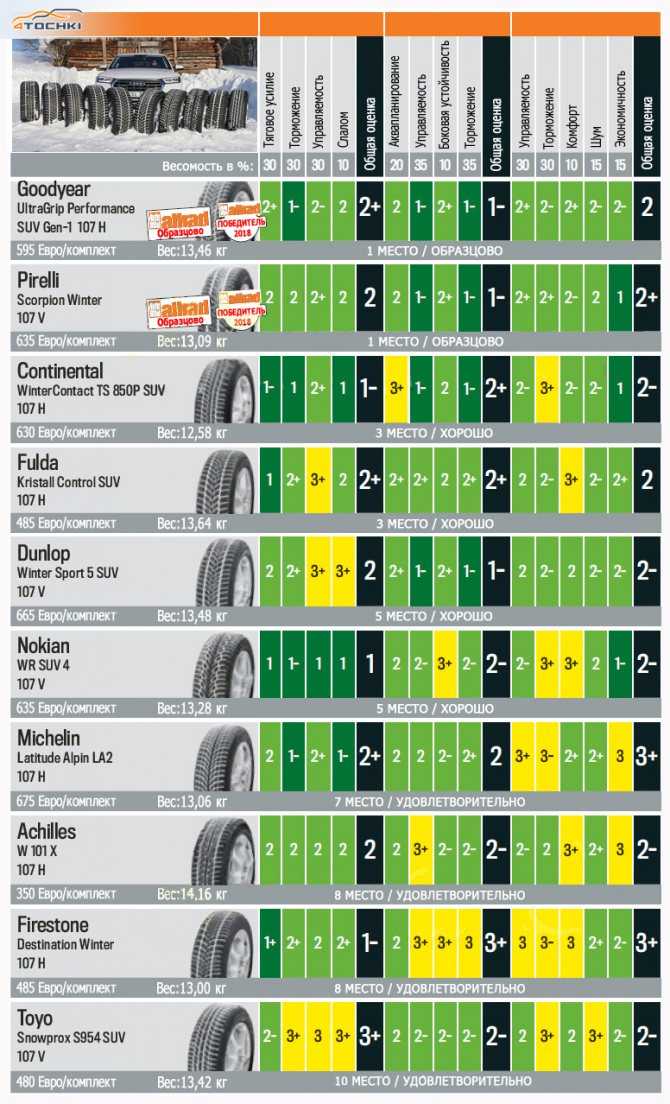 It is these samples of car tires that we have collected in our rating of quiet, wear-resistant, soft studded rubber. Only the best series of this brand got into it.
It is these samples of car tires that we have collected in our rating of quiet, wear-resistant, soft studded rubber. Only the best series of this brand got into it.
Goodyear's list of new studded tread tires contains only five soft compound winter tires:
UltraGrip 600 is a quiet, reliable tire for harsh, snowy winters. For some characteristics, this inexpensive model can withstand comparison with premium tires.
Cargo UltraGrip 2 is the most interesting option in the ranking. Initially, this tire belongs to friction models, but its treadmill has landing holes for mounting spikes.
Buying any tire from this list, you get a new model, the age of which does not exceed 3-5 years, and not stale rubber with a cracked tread. Moreover, the reverse side of the paucity of the range of Goodyear tires is the great work of the manufacturer, who managed to bring each series to perfection. Therefore, each model from this list deserves the closest attention. Further in the text, we will compare all the advantages and disadvantages of the quietest studded rubber.
Goodyear has been able to implement several technological innovations at once, which have made the silent tire more durable, tenacious, wear-resistant. This is made possible by the following technologies:
 The number of such claws on the UltraGrip Arctic 2 treadmill has been increased by 69%. Each studded tire of this series received exactly 220 Eagle Claws. Similar stud volumes and stopping distances are unmatched by any Goodyear competitor.
The number of such claws on the UltraGrip Arctic 2 treadmill has been increased by 69%. Each studded tire of this series received exactly 220 Eagle Claws. Similar stud volumes and stopping distances are unmatched by any Goodyear competitor.  Most studded models are not friendly with a well-cleaned road. Metal inserts cling to the ice, turning into mini-skates. The UltraGrip Arctic 2 doesn't have this problem - there is a shock absorber under each stud of this tire. When the car is moving on asphalt, Noise Control allows you to hide the metal insert in the tread. Thanks to this, it is possible to reduce the noise level by 9%.
Most studded models are not friendly with a well-cleaned road. Metal inserts cling to the ice, turning into mini-skates. The UltraGrip Arctic 2 doesn't have this problem - there is a shock absorber under each stud of this tire. When the car is moving on asphalt, Noise Control allows you to hide the metal insert in the tread. Thanks to this, it is possible to reduce the noise level by 9%. The design of the UltraGrip Arctic 2 is so successful that its creators managed to combine the best qualities of friction and studded wheels into one model. Therefore, Goodyearshop is pleased to recommend this series to all owners of passenger cars with rims from 17 to 21 inches in diameter.
The first generation of Ice Arctic studded tires didn't get a hit of the technology, but this tire delivers excellent dry or wet grip and short stopping distances on ice. The excellent performance of the UltraGrip Ice Arctic is due to the unique properties of the silicon alloyed compound, as well as the special shape of the tread pattern.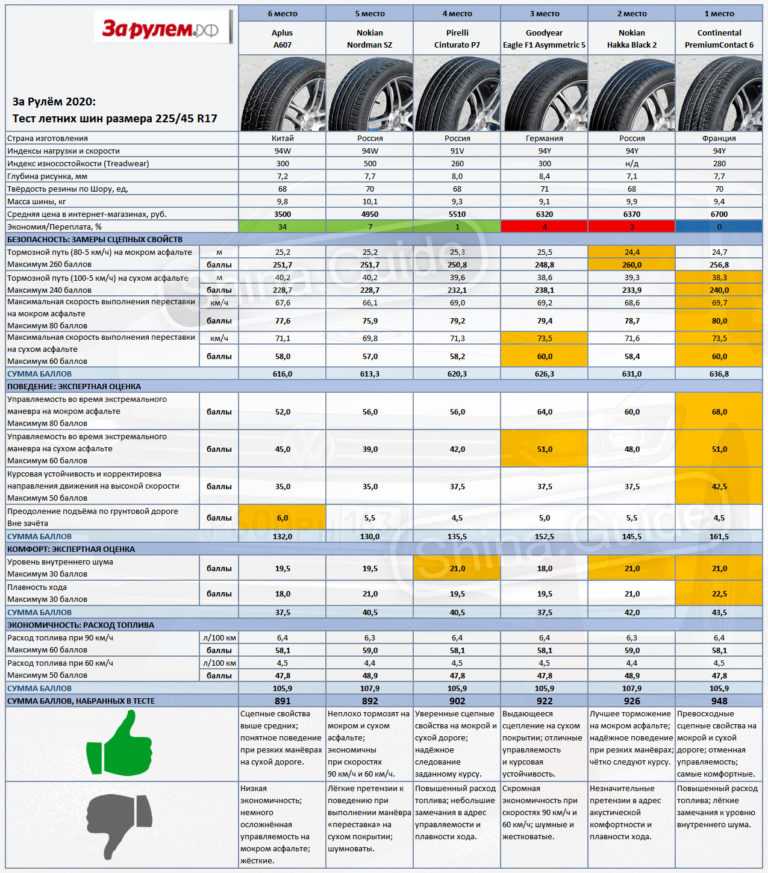 These technological solutions prevent slipping on ice or glide through puddles.
These technological solutions prevent slipping on ice or glide through puddles.
The advantages of the first generation Ice Arctic include the following facts:
Ice Arctic is designed for long and harsh winters. It will help the driver in the Middle lane or in the Arctic. Moreover, SoundComfort technology ensures the quietest operation of the tire, and a powerful cord guarantees no damage even when hitting a curb or pothole. These tires are used by the most severe drivers.
These tires are used by the most severe drivers.
A true all-terrain vehicle needs the right off-road tire. Therefore, in winter, UltraGrip Ice Arctic SUV tires are put on SUV rims. This series has been produced since 2014, after the invention of a unique compound that reduced noise, as well as increased smoothness and handling. Elastic rubber and new technologies have given Ice Arctic SUV off-road tires many advantages. This series is valued for the following benefits:
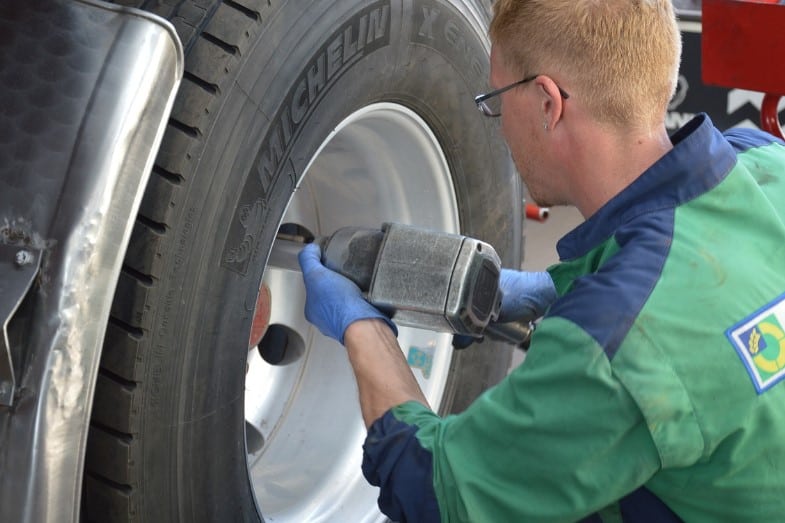 Even in the most difficult conditions, the all-terrain vehicle can be accelerated to 190 km / h.
Even in the most difficult conditions, the all-terrain vehicle can be accelerated to 190 km / h. Ice Arctic SUV will fit any crossover or true SUV. Enviable performance, as well as a large range of sizes (from 15 to 20 inches) will suit any car owner. The long life of such a tire and its fuel efficiency will help save the environment and your wallet.
The studded tire of this series is designed for frequent use in the most severe conditions. Deep grooves of a special shape, a unique compound, a system of mutual engagement of tread blocks, branded spikes - these are the distinctive qualities of this model. Thanks to these qualities, UltraGrip 600 offers the following benefits:
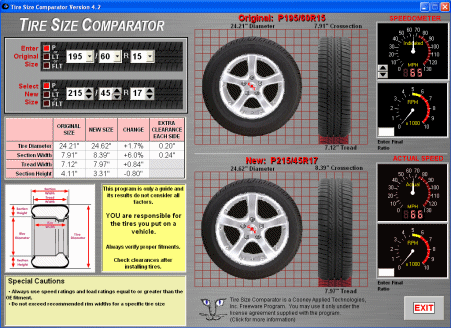
UltraGrip 600 is put on simple cars or SUVs. The aggressive pattern creates maximum grip on any surface, and the mutual intersection of the sipes eliminates the loss of stability even during the most difficult maneuvers.
The Cargo series contains tires for commercial vehicles, which differ from passenger models in increased wear resistance and durability.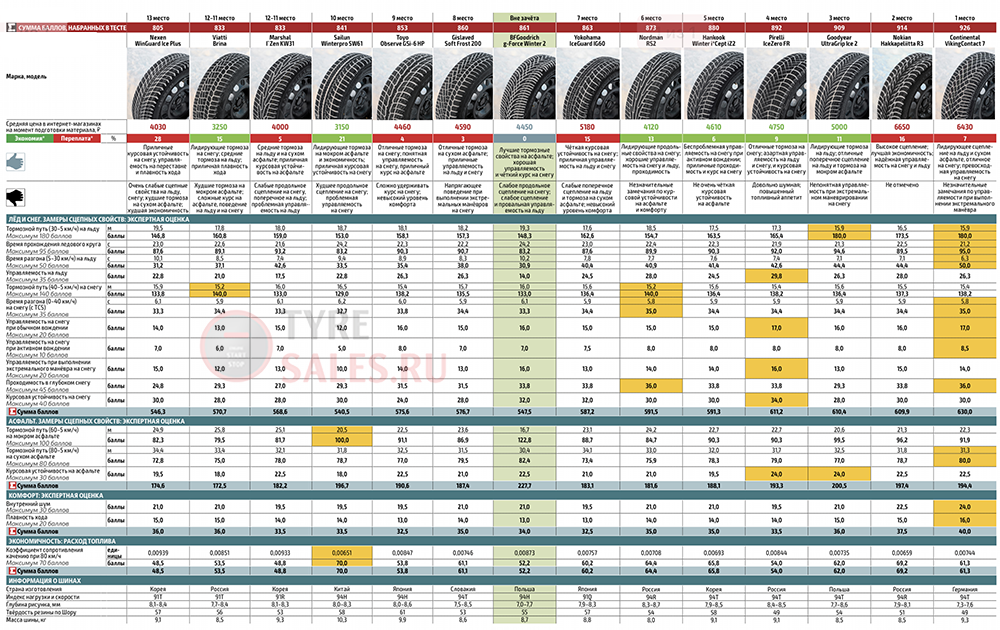 But Cargo UltraGrip 2 managed to stand out even against the background of harsh truck tires. After all, this series is designed for the Russian winter, with snow drifts, ice, low temperatures. These tires have a stud hole. This part turns a good Velcro into a spiked monster with the following benefits:
But Cargo UltraGrip 2 managed to stand out even against the background of harsh truck tires. After all, this series is designed for the Russian winter, with snow drifts, ice, low temperatures. These tires have a stud hole. This part turns a good Velcro into a spiked monster with the following benefits:
